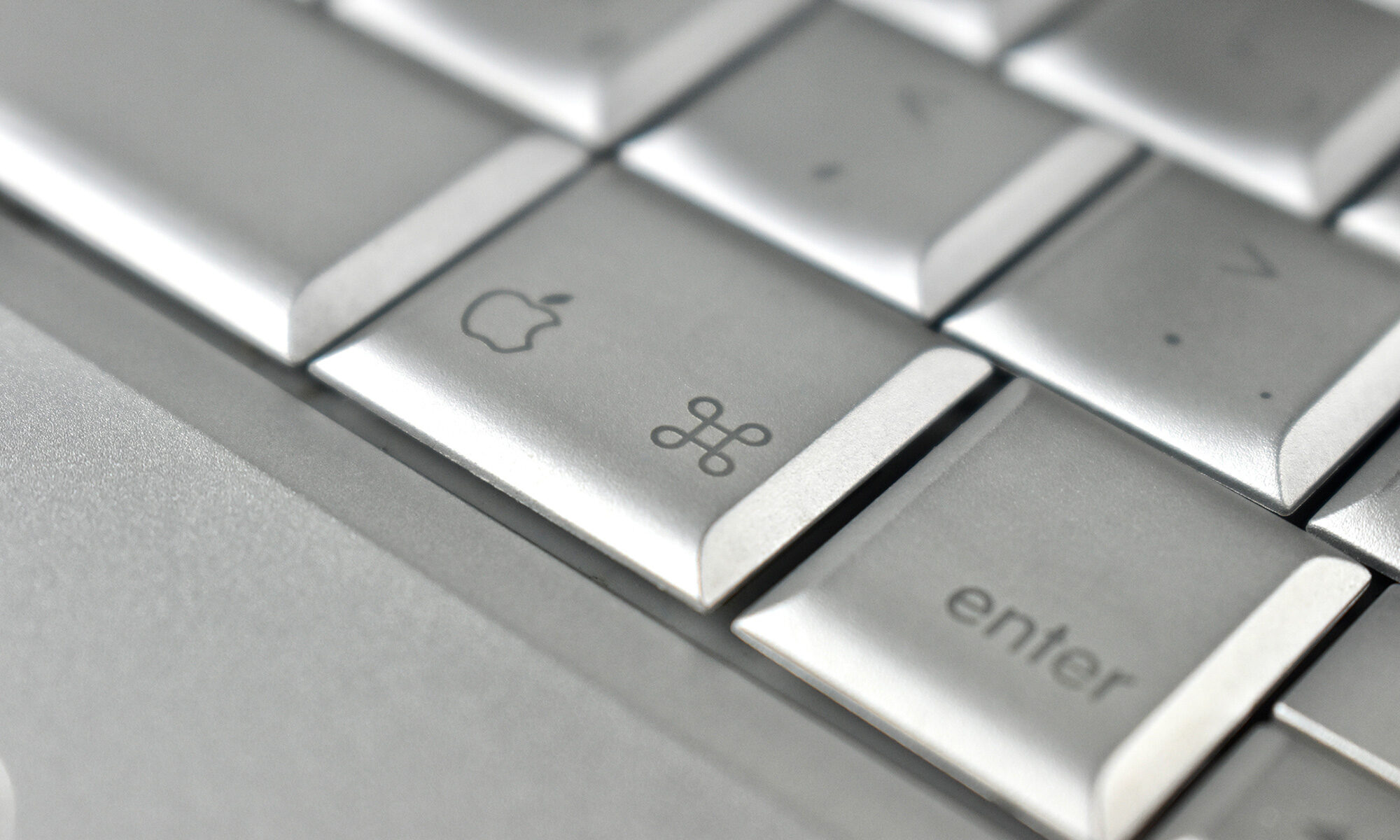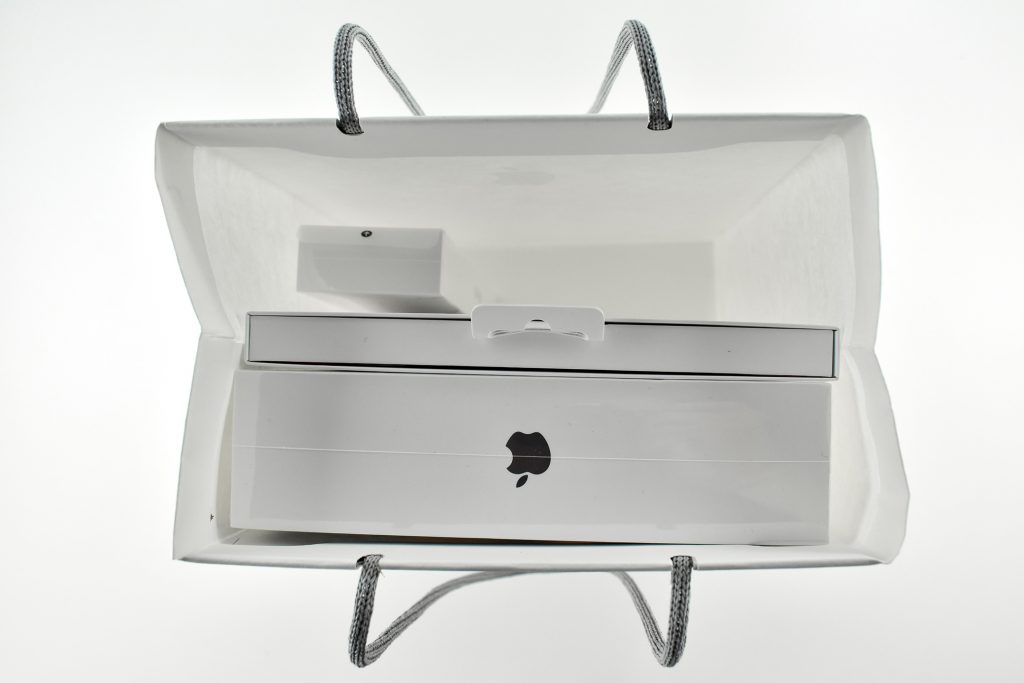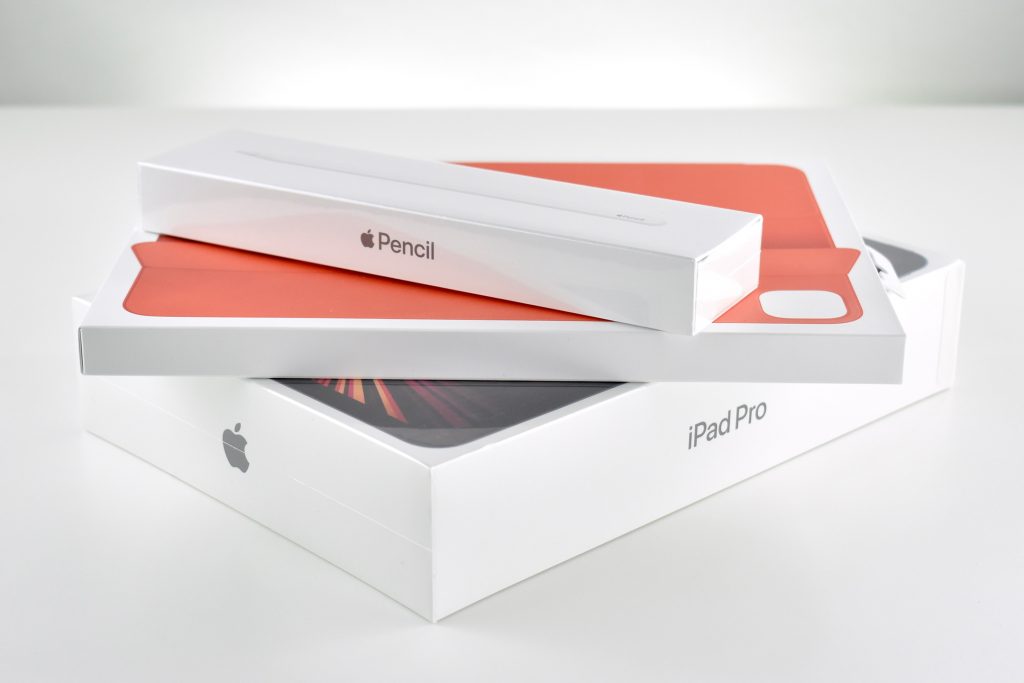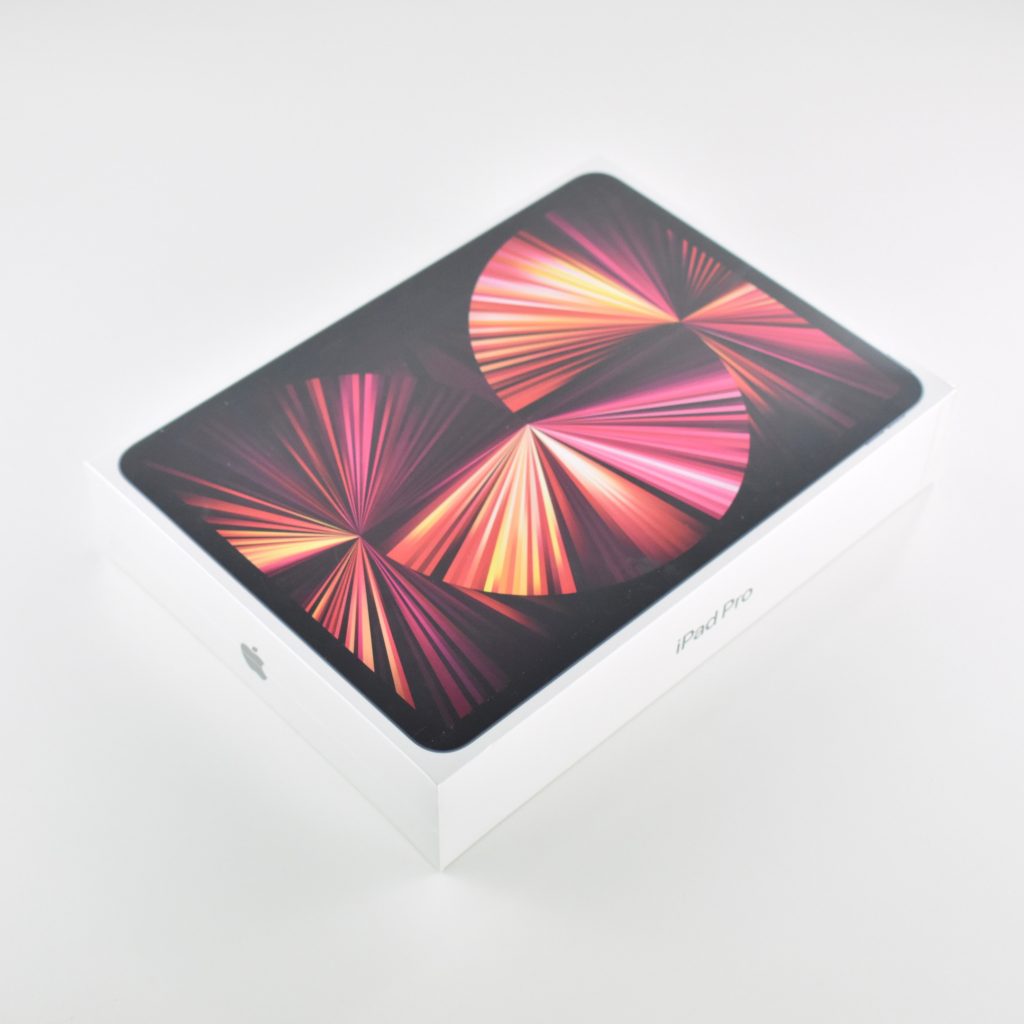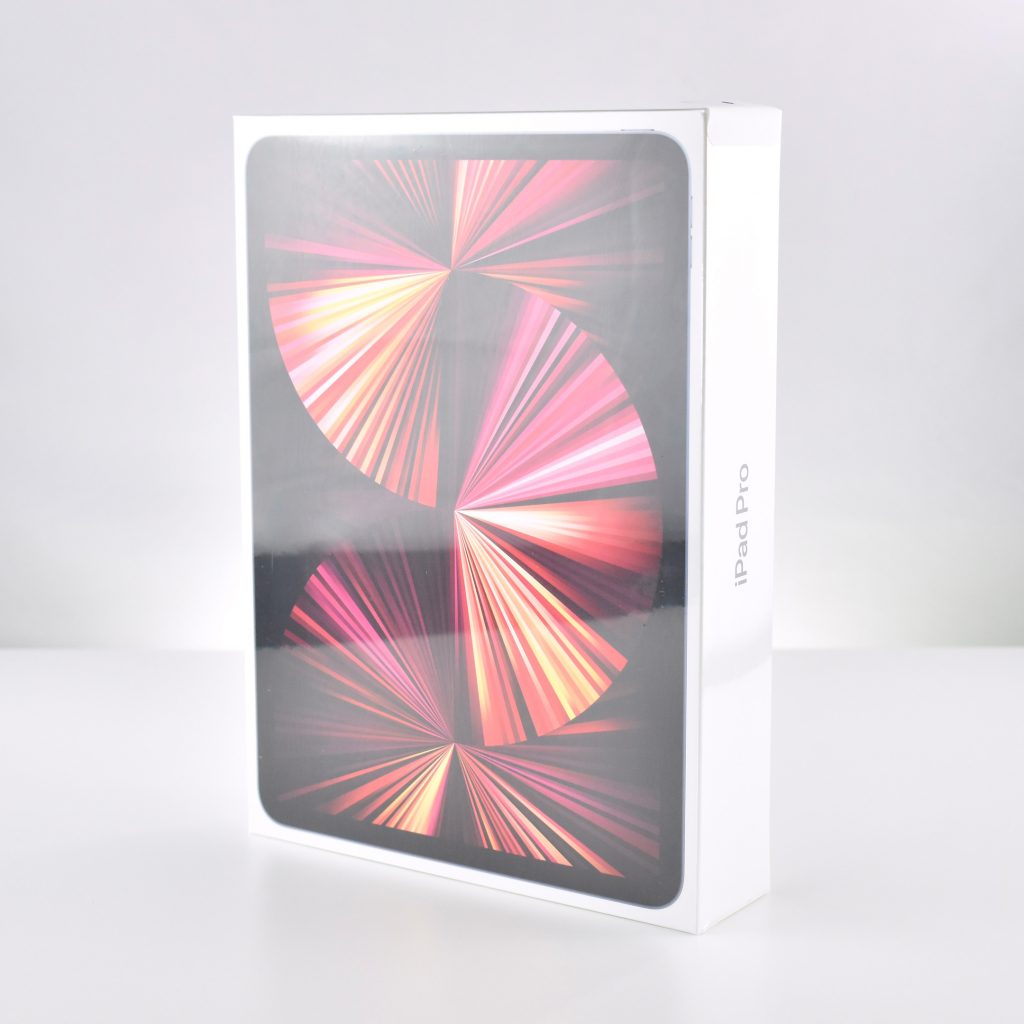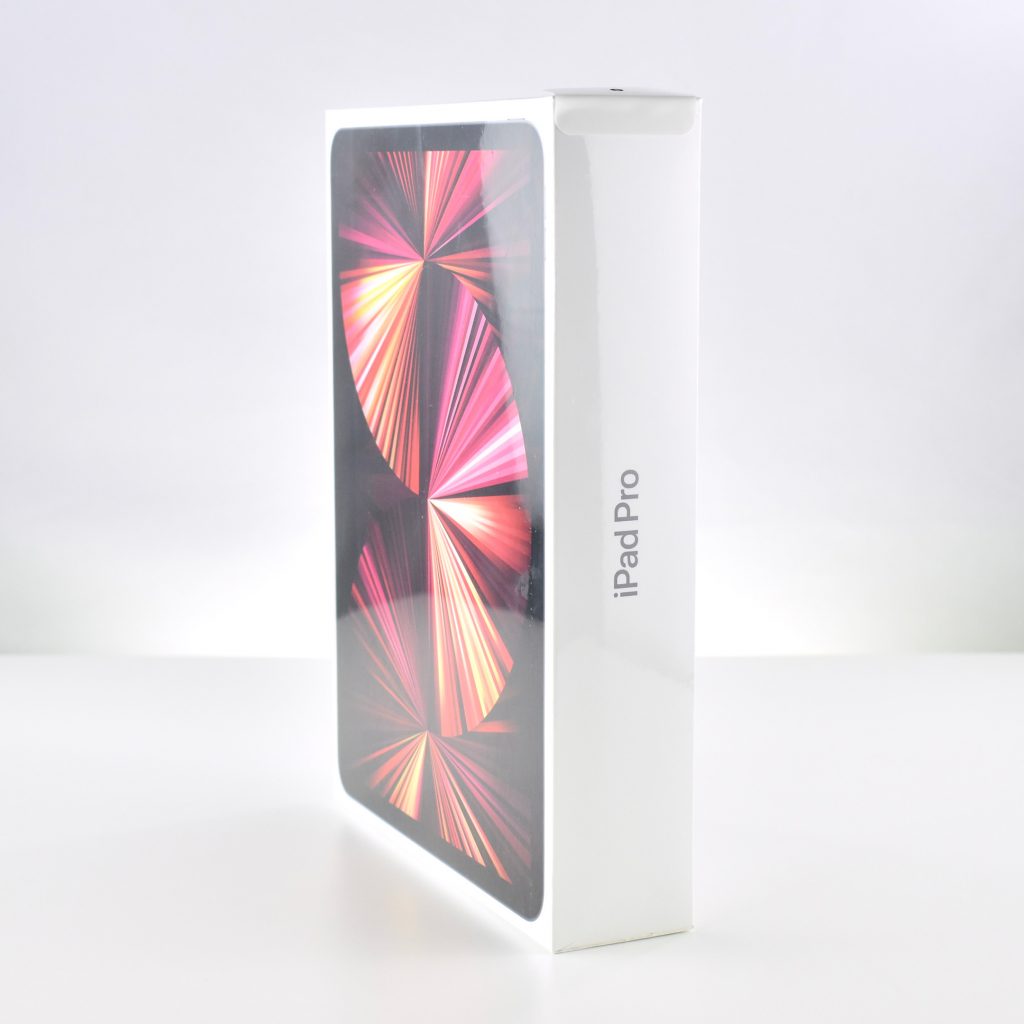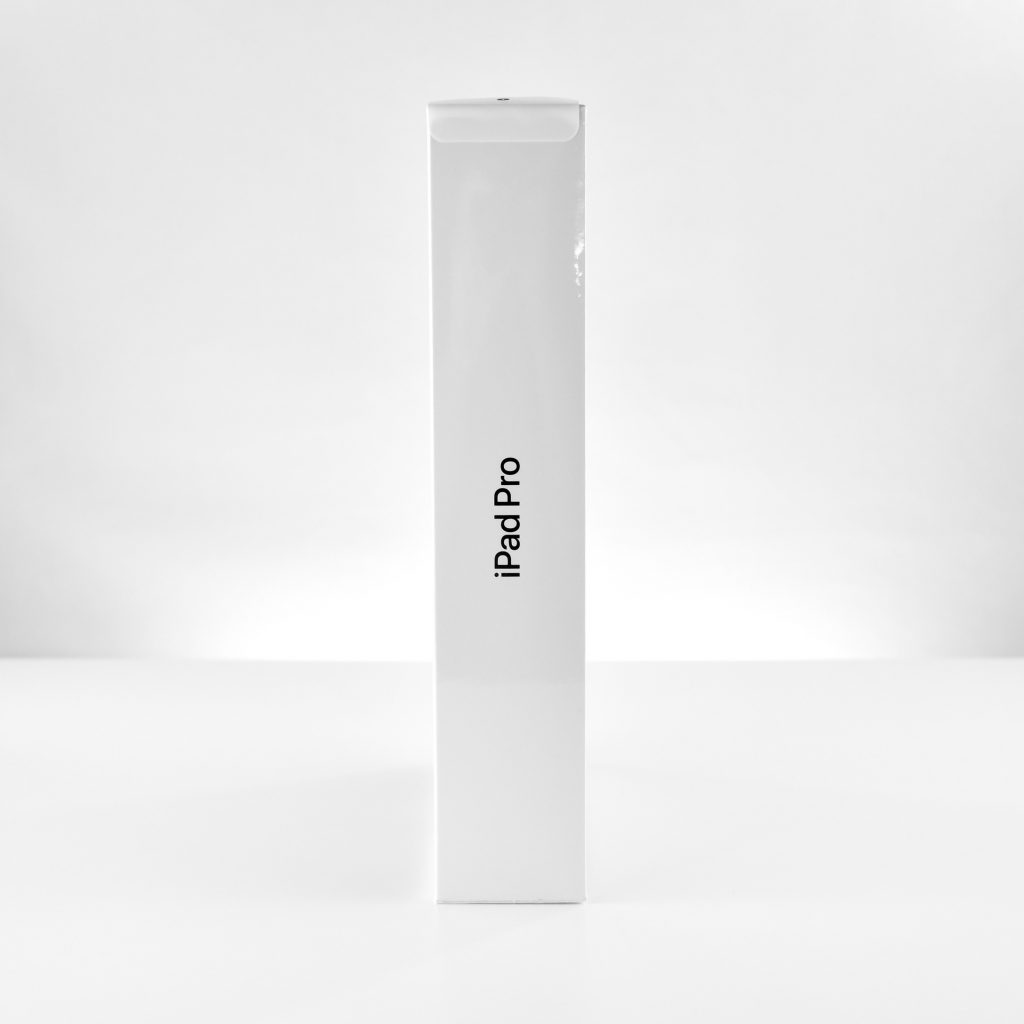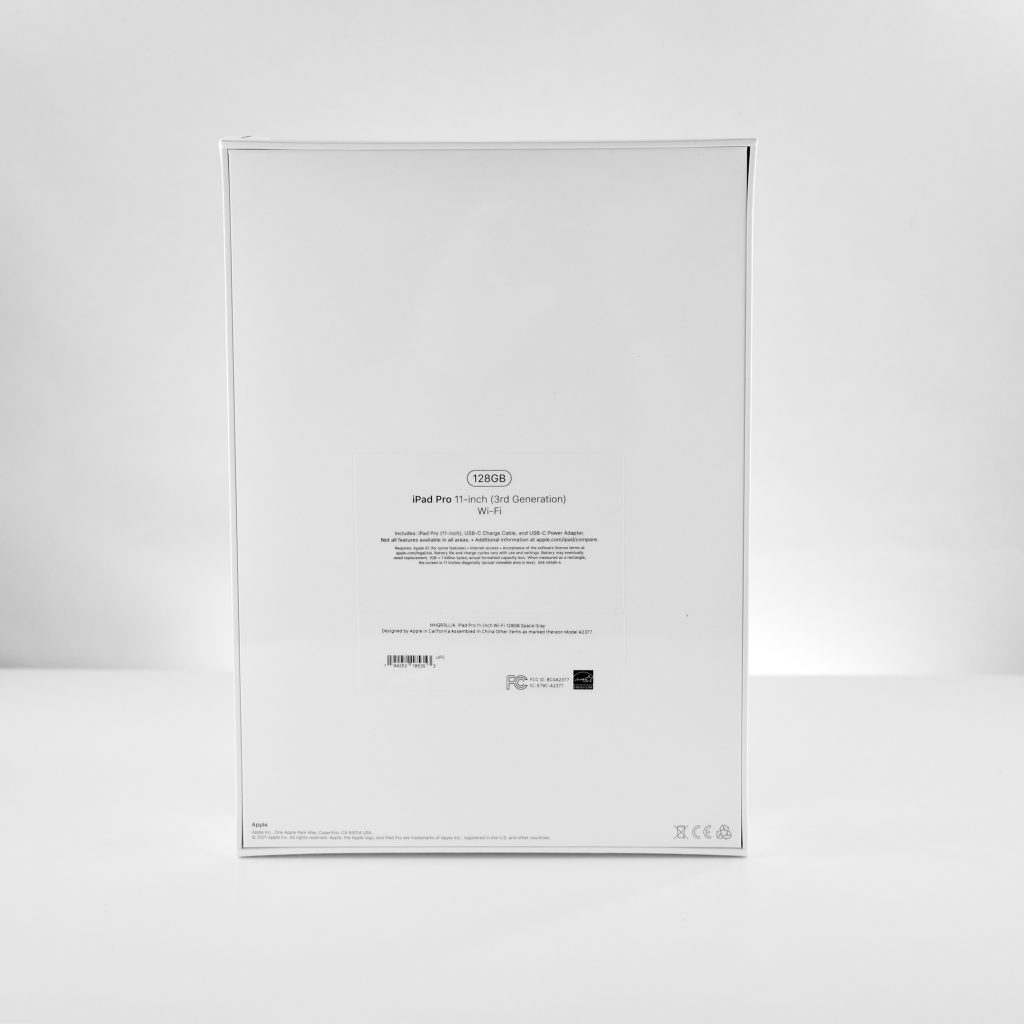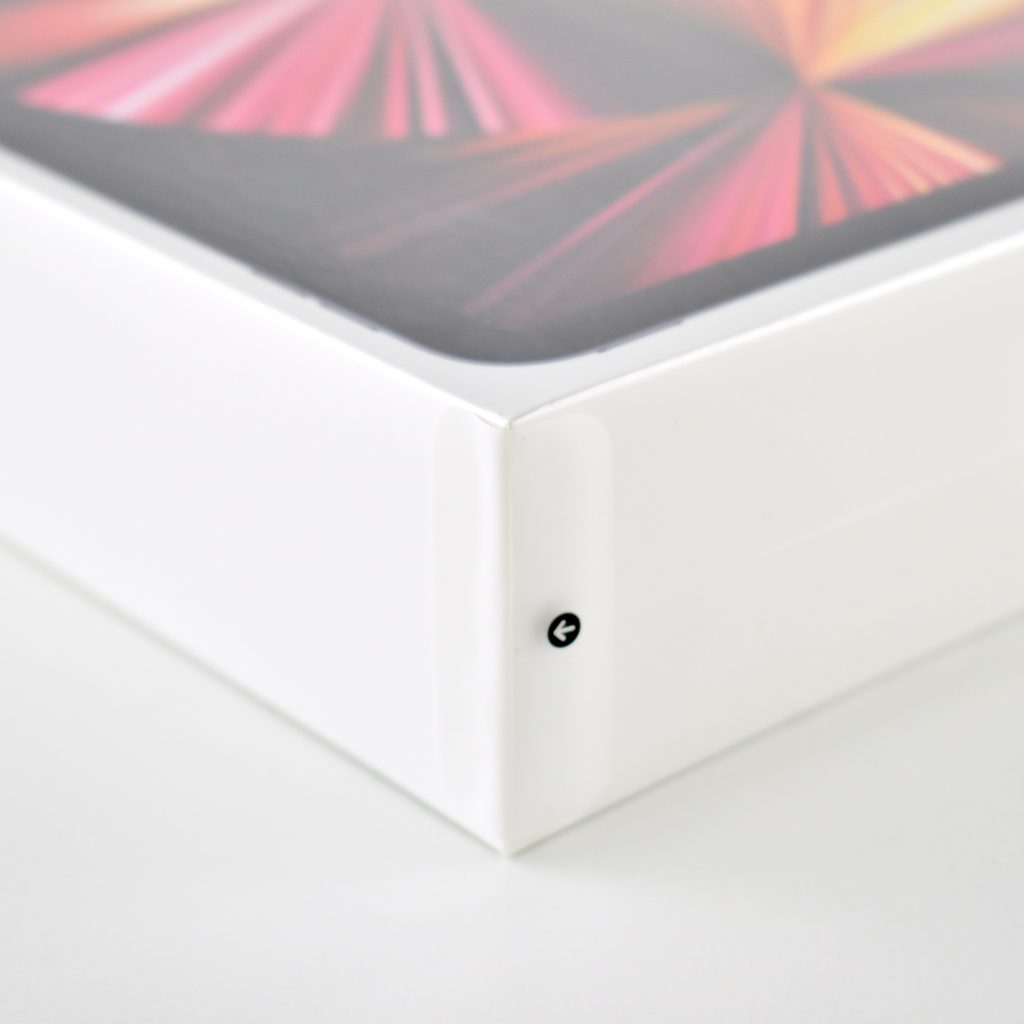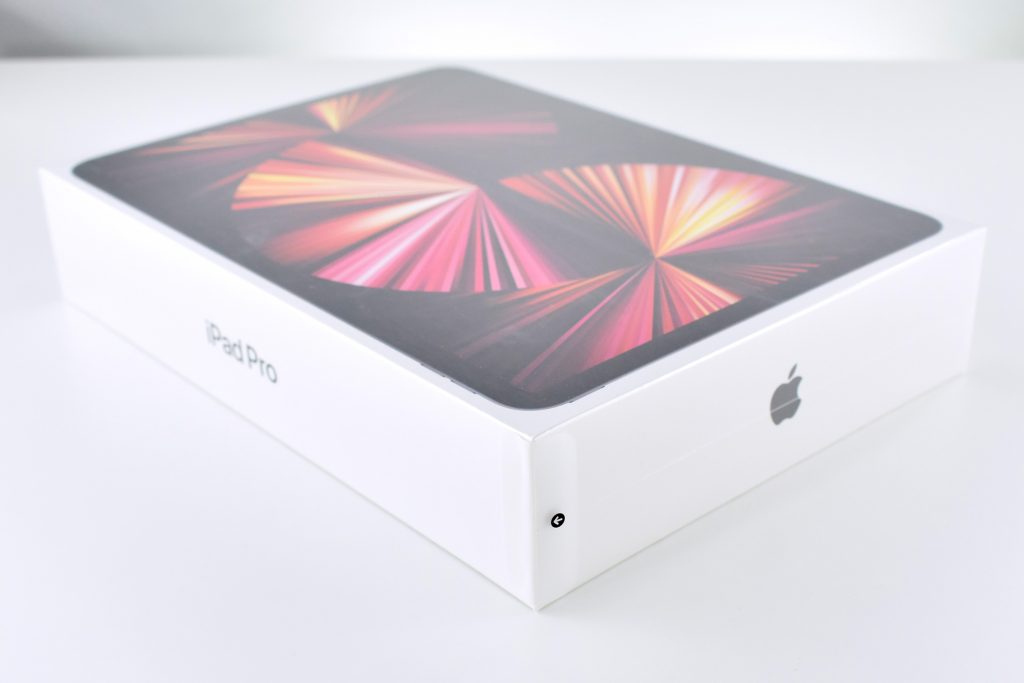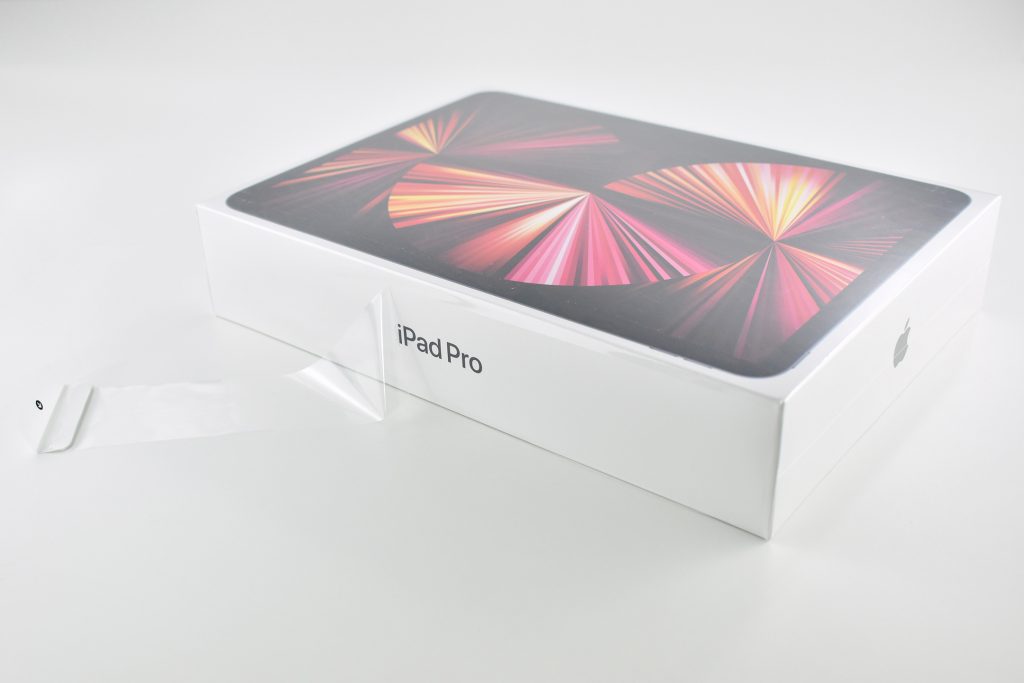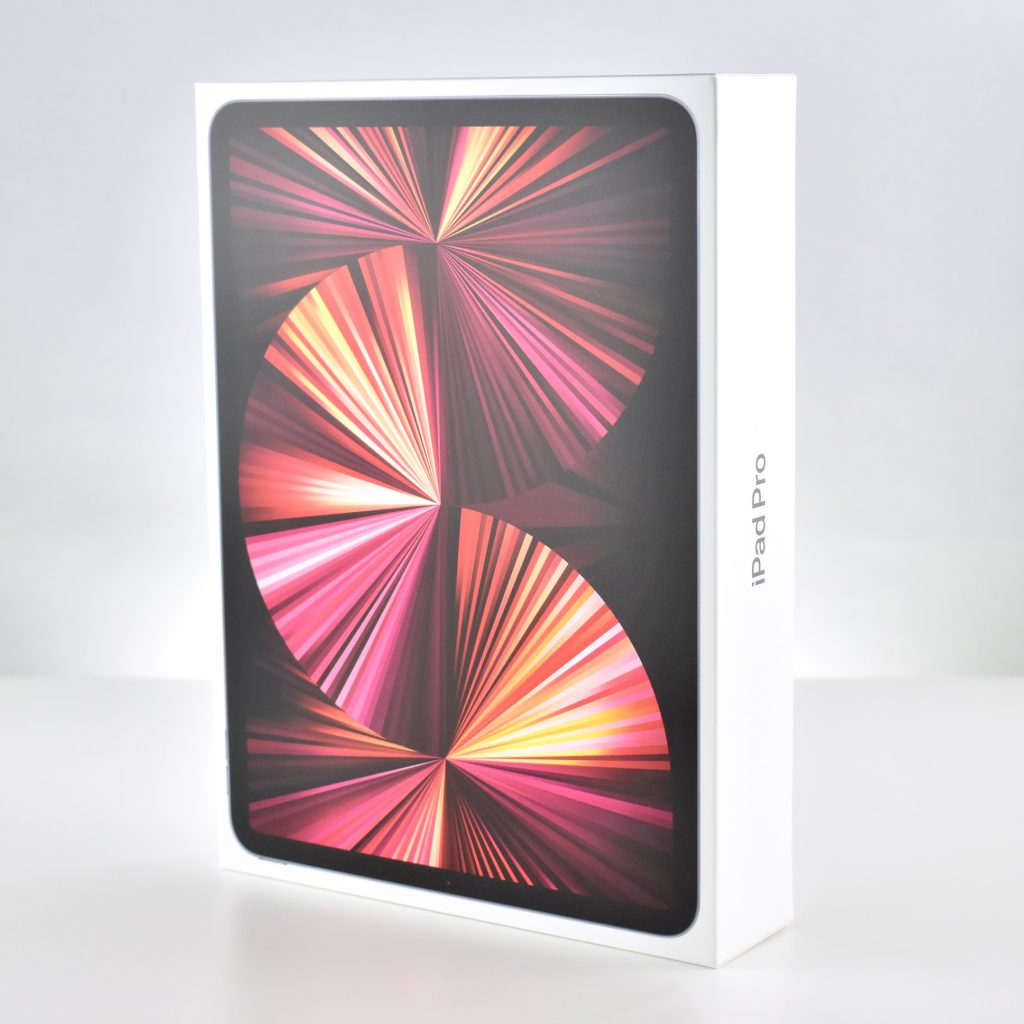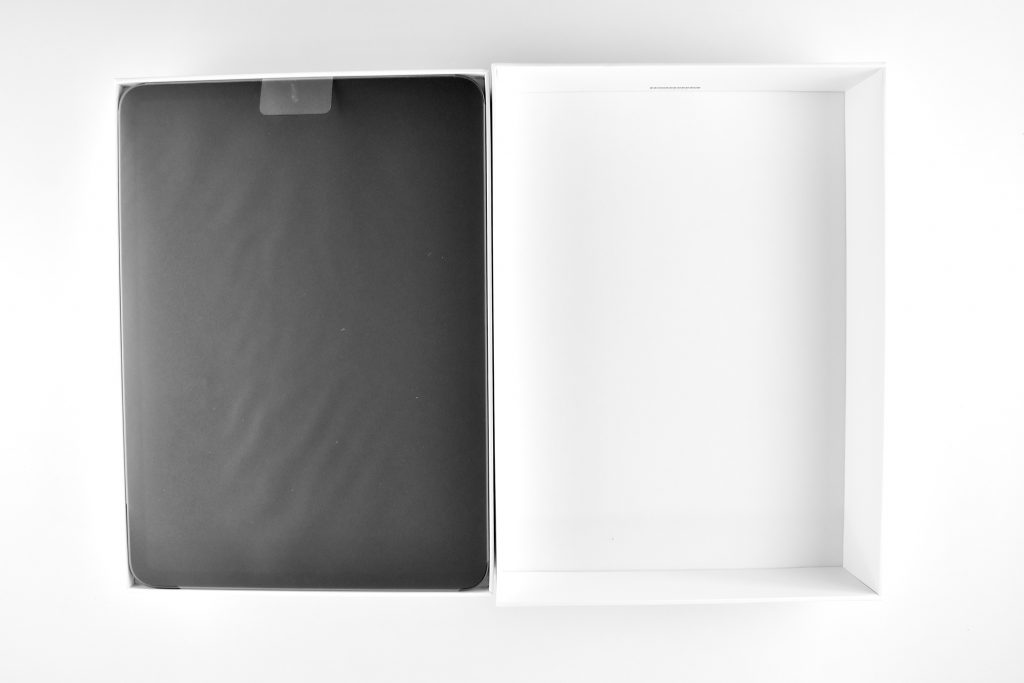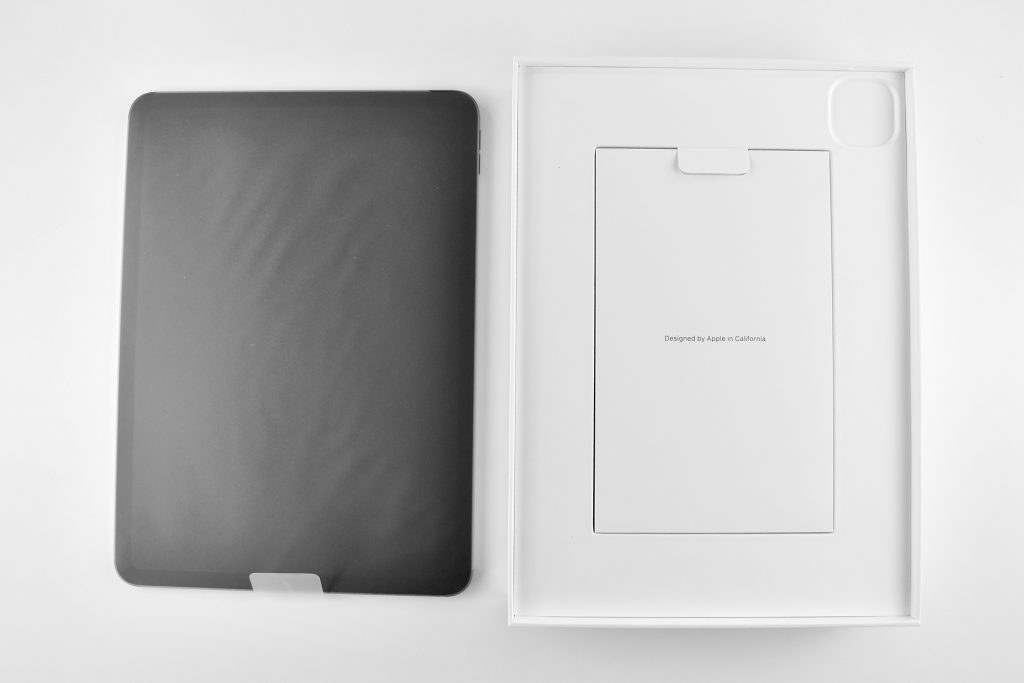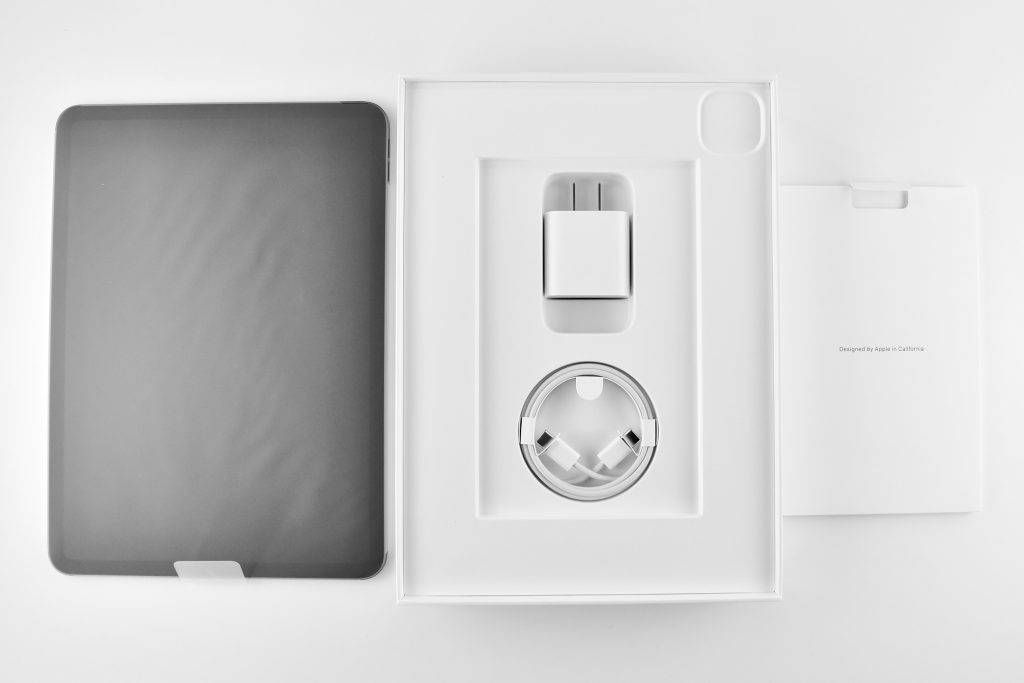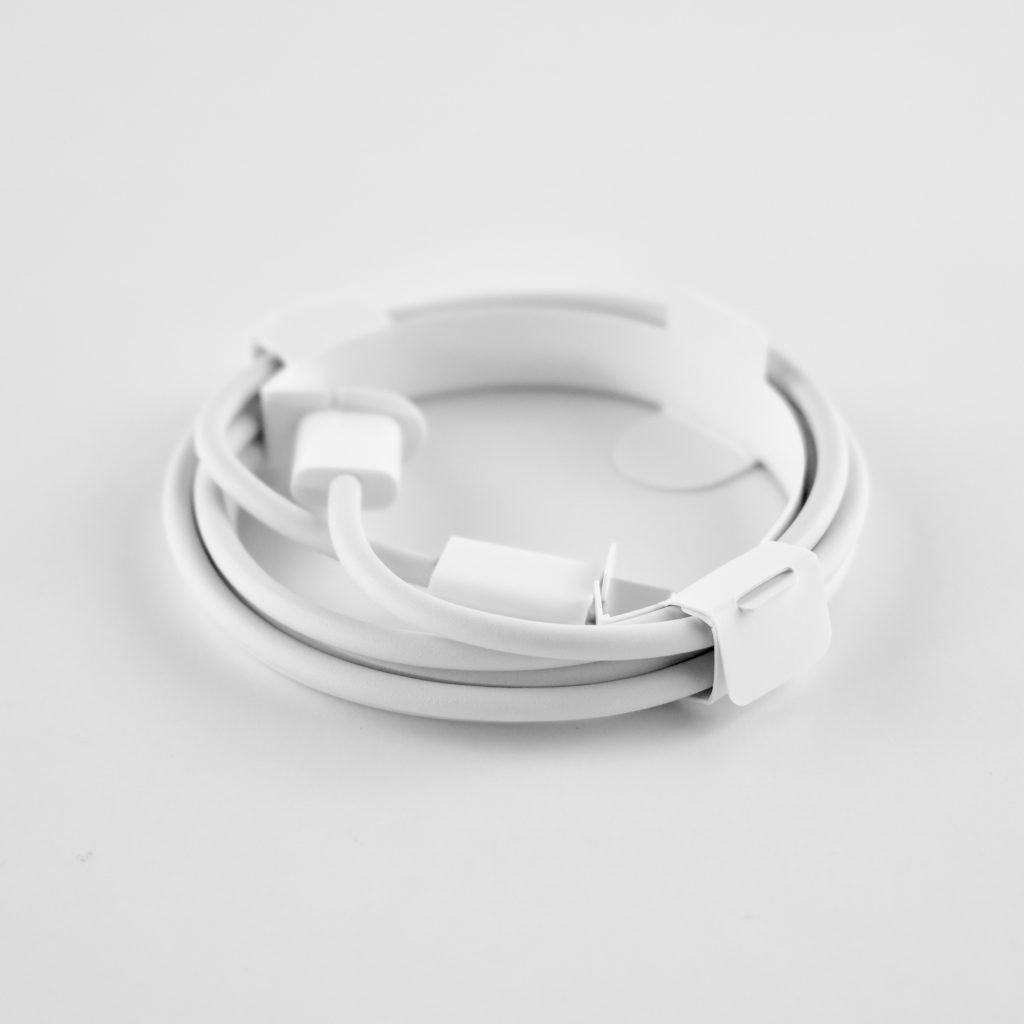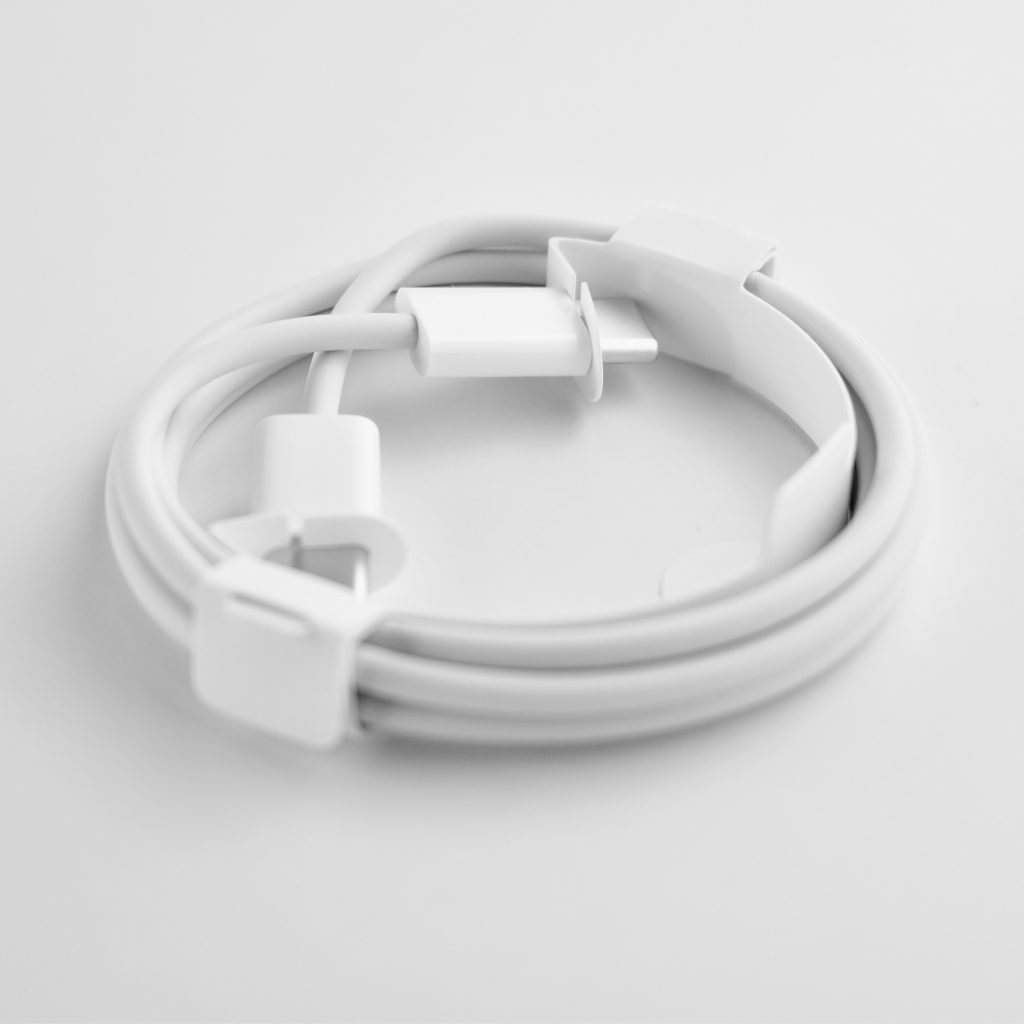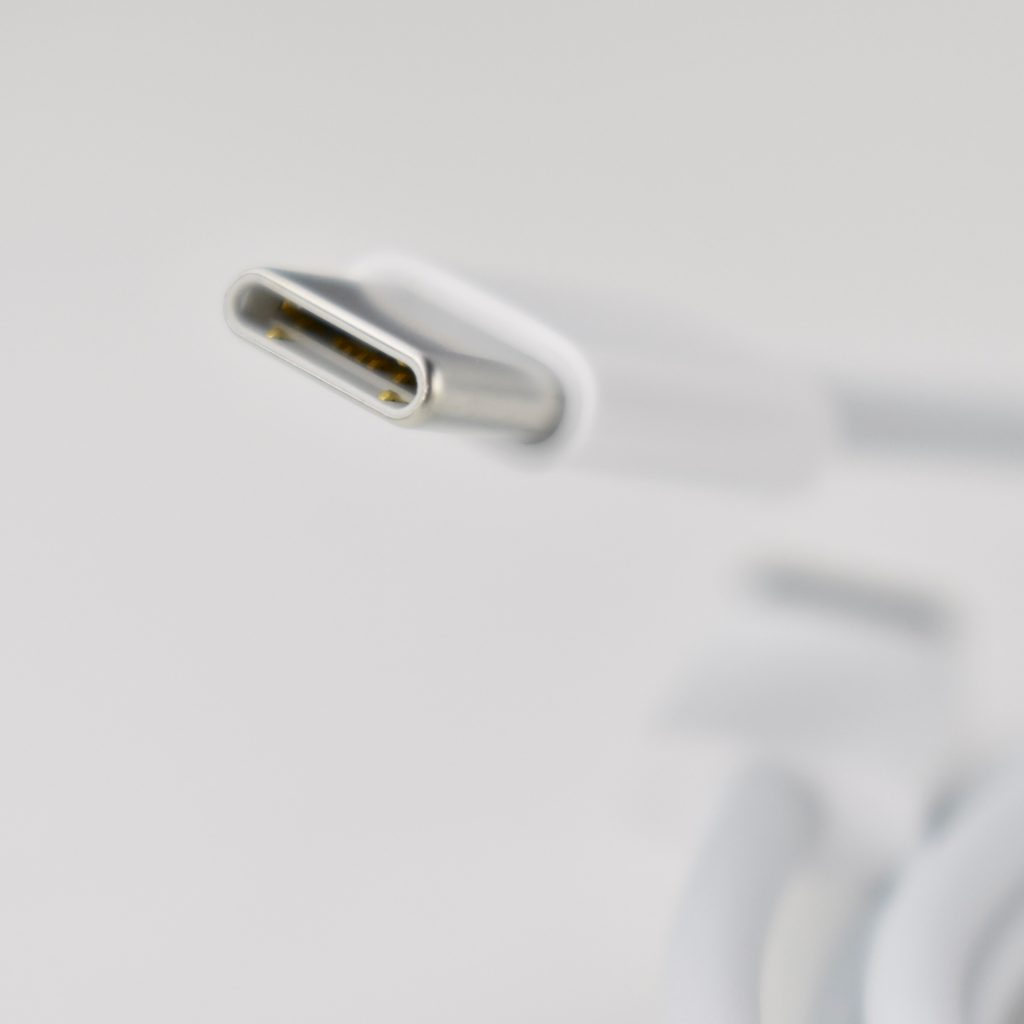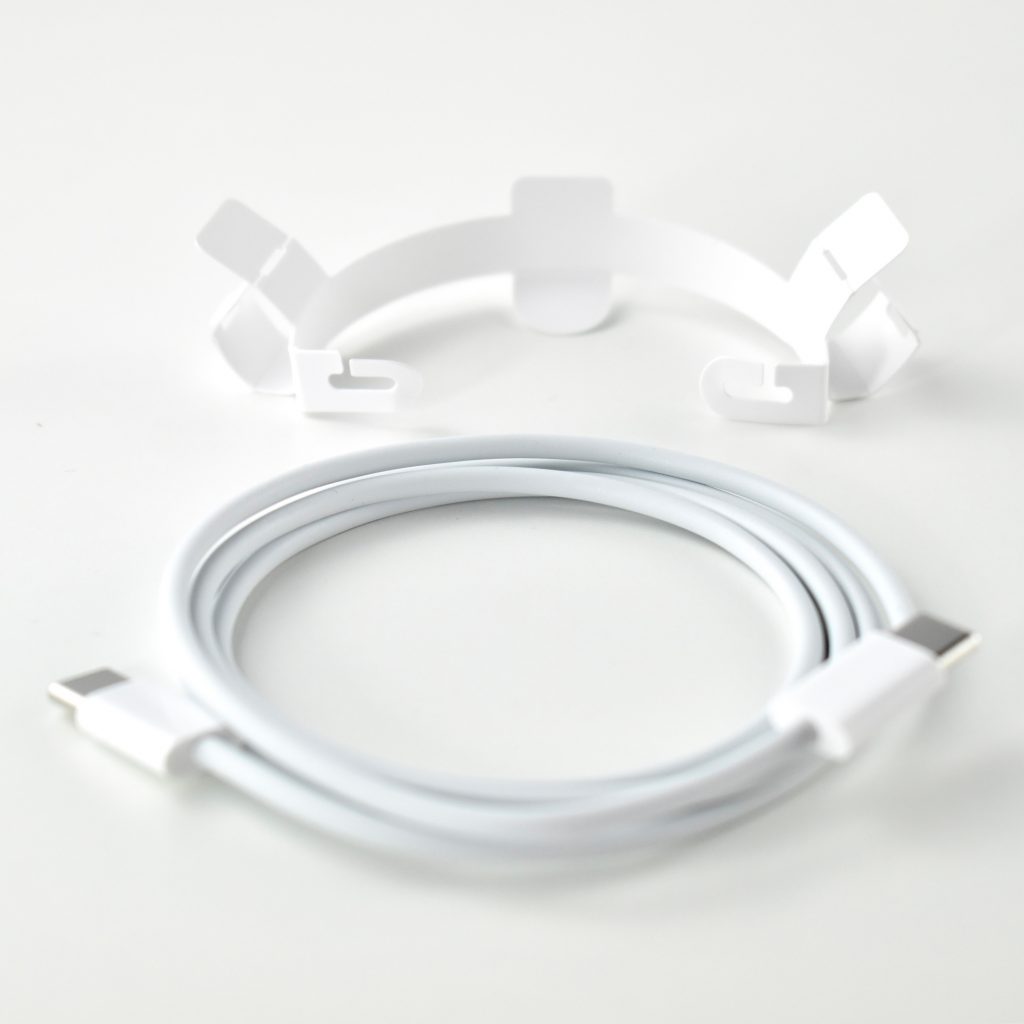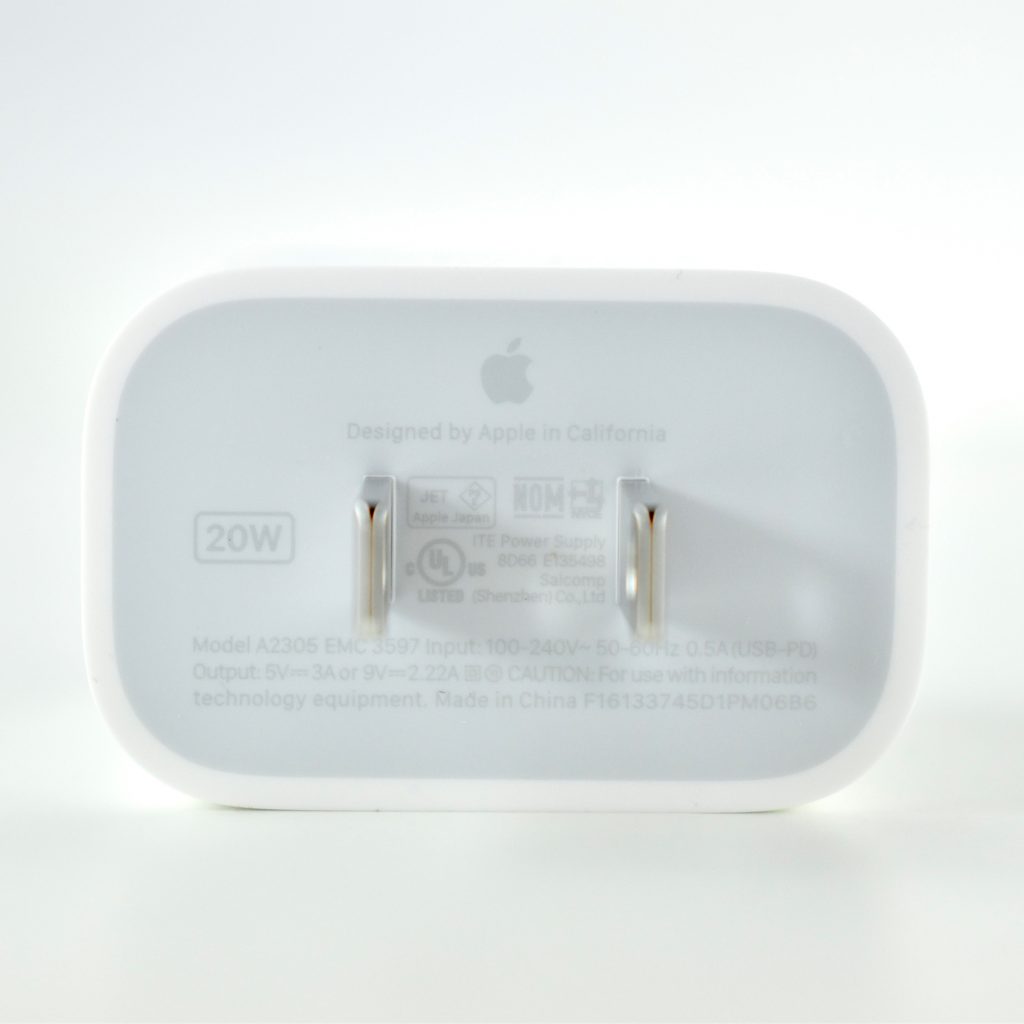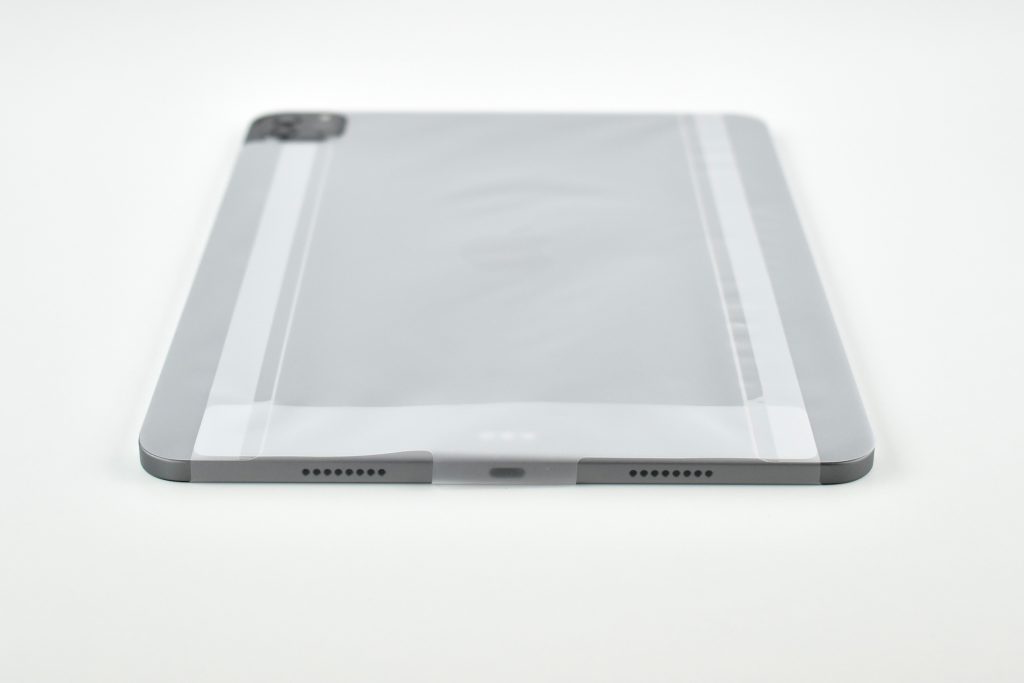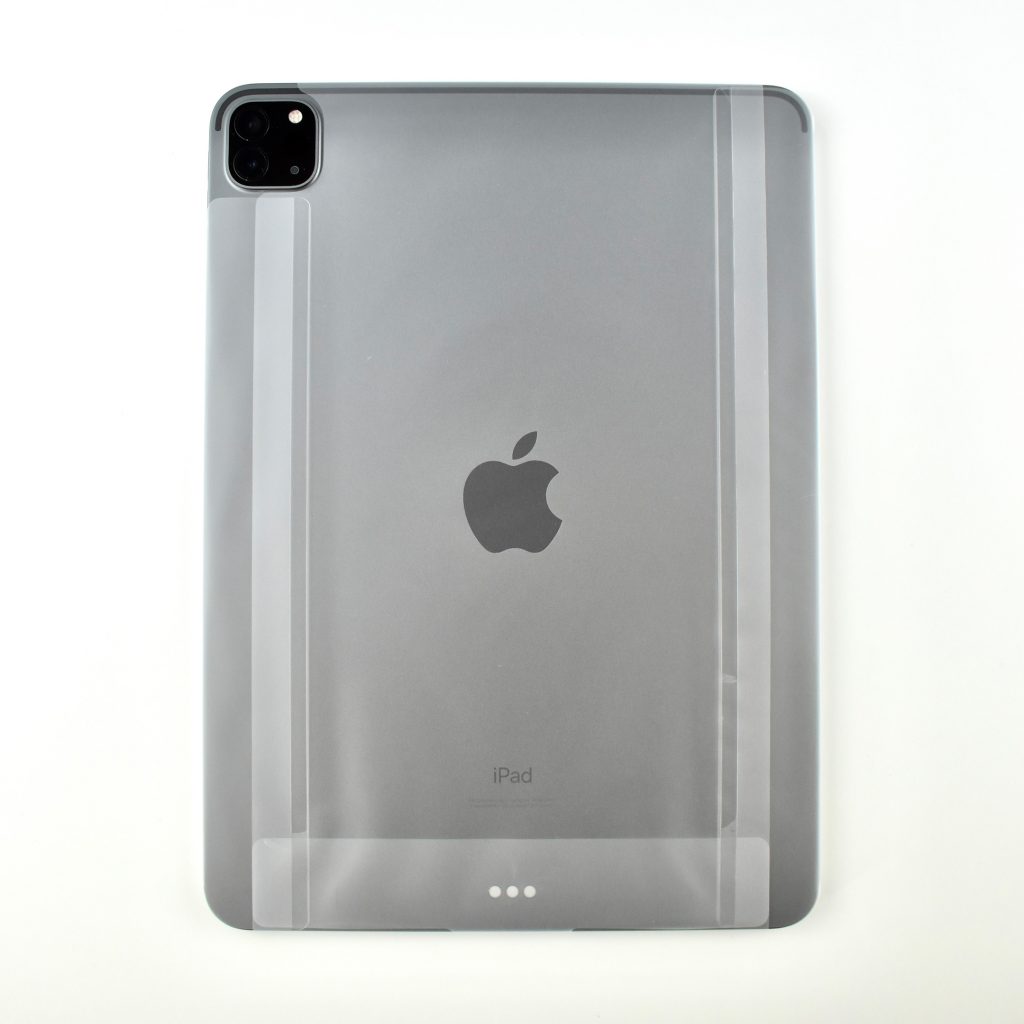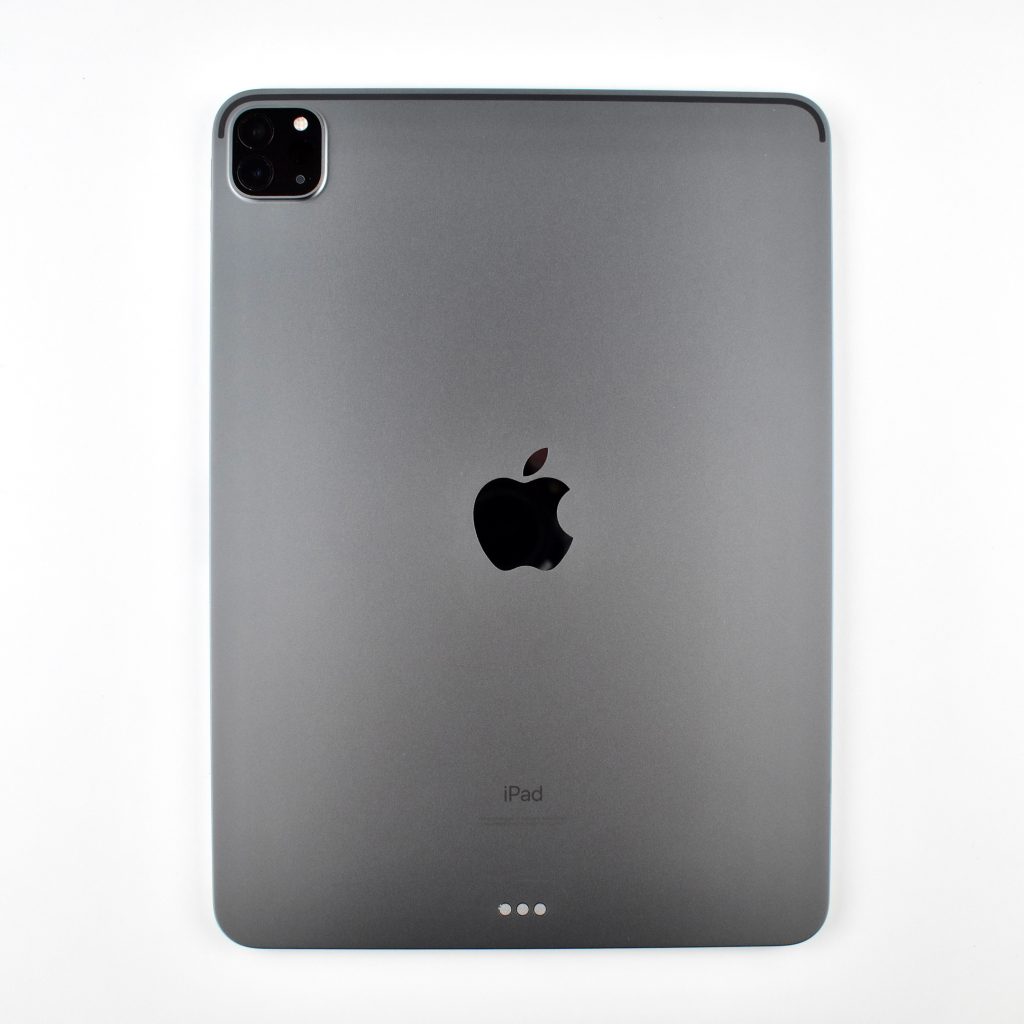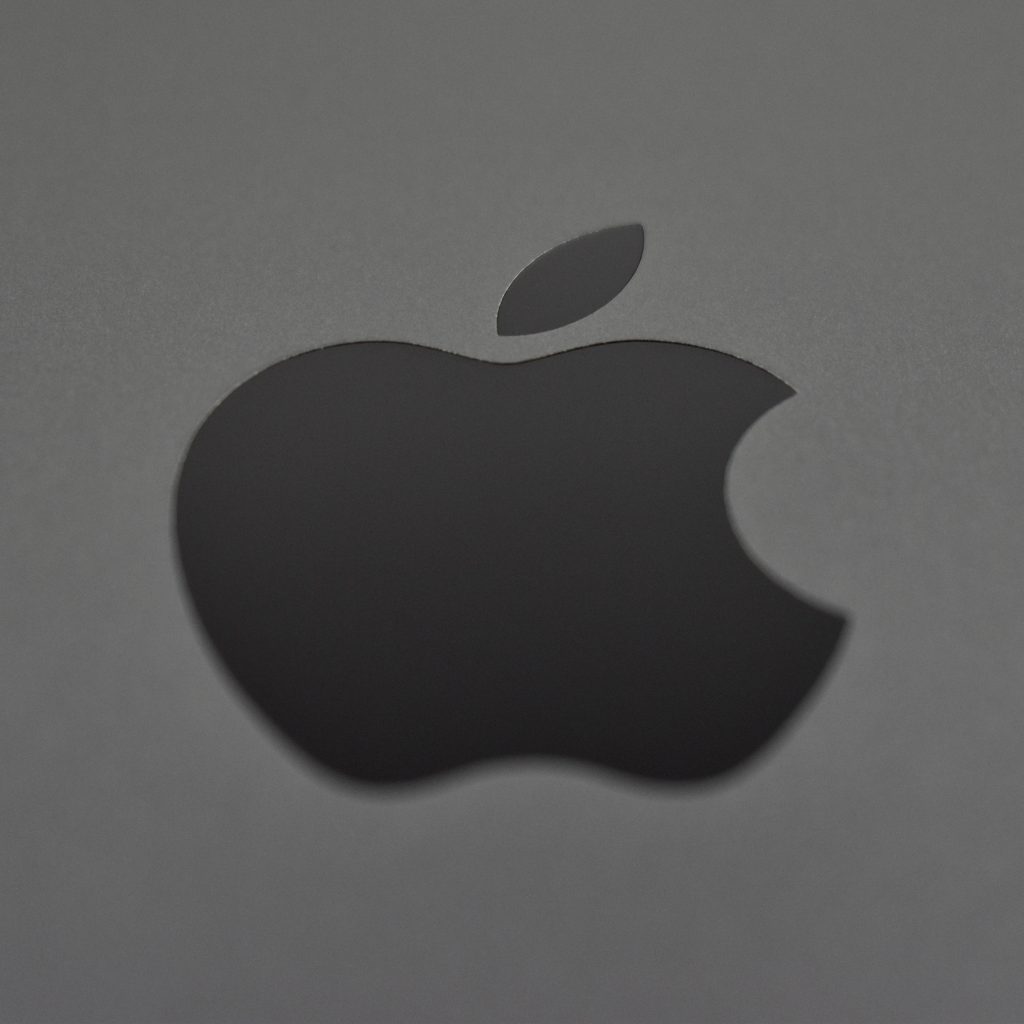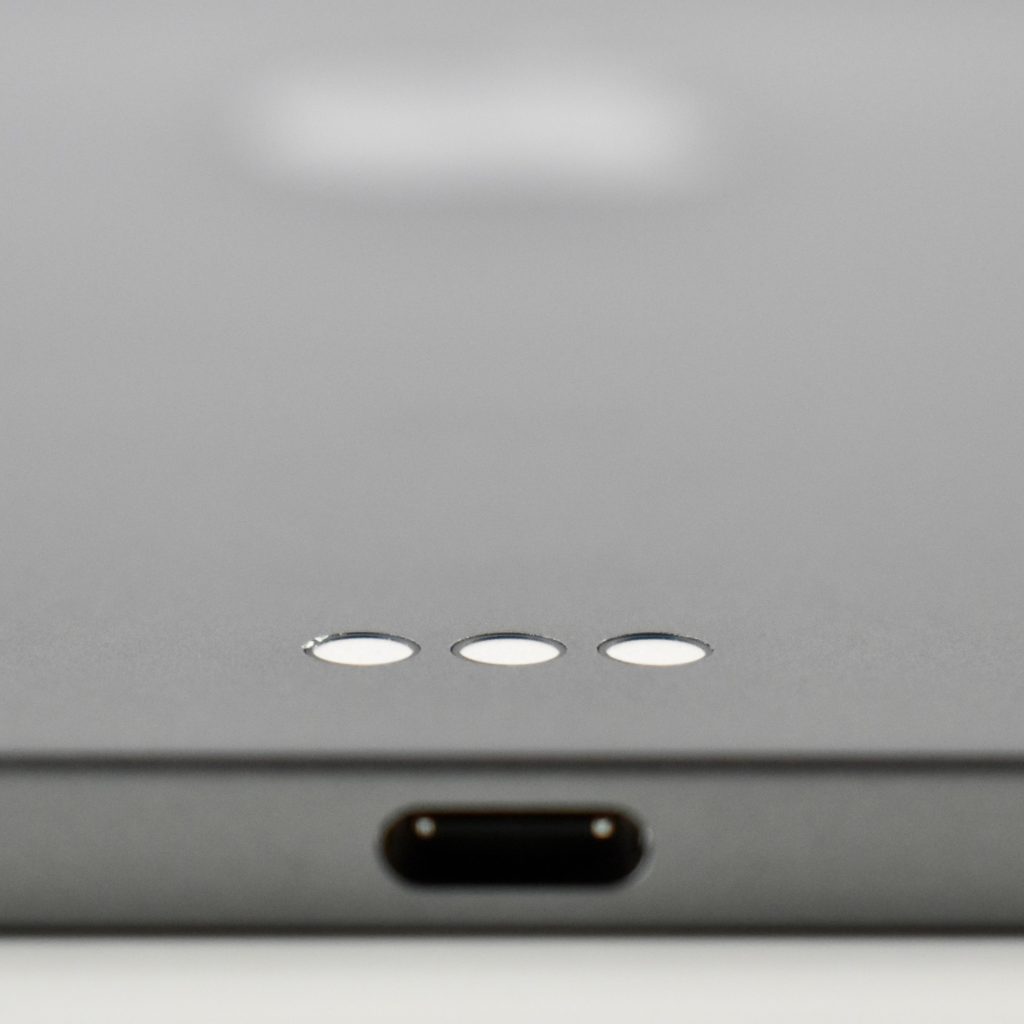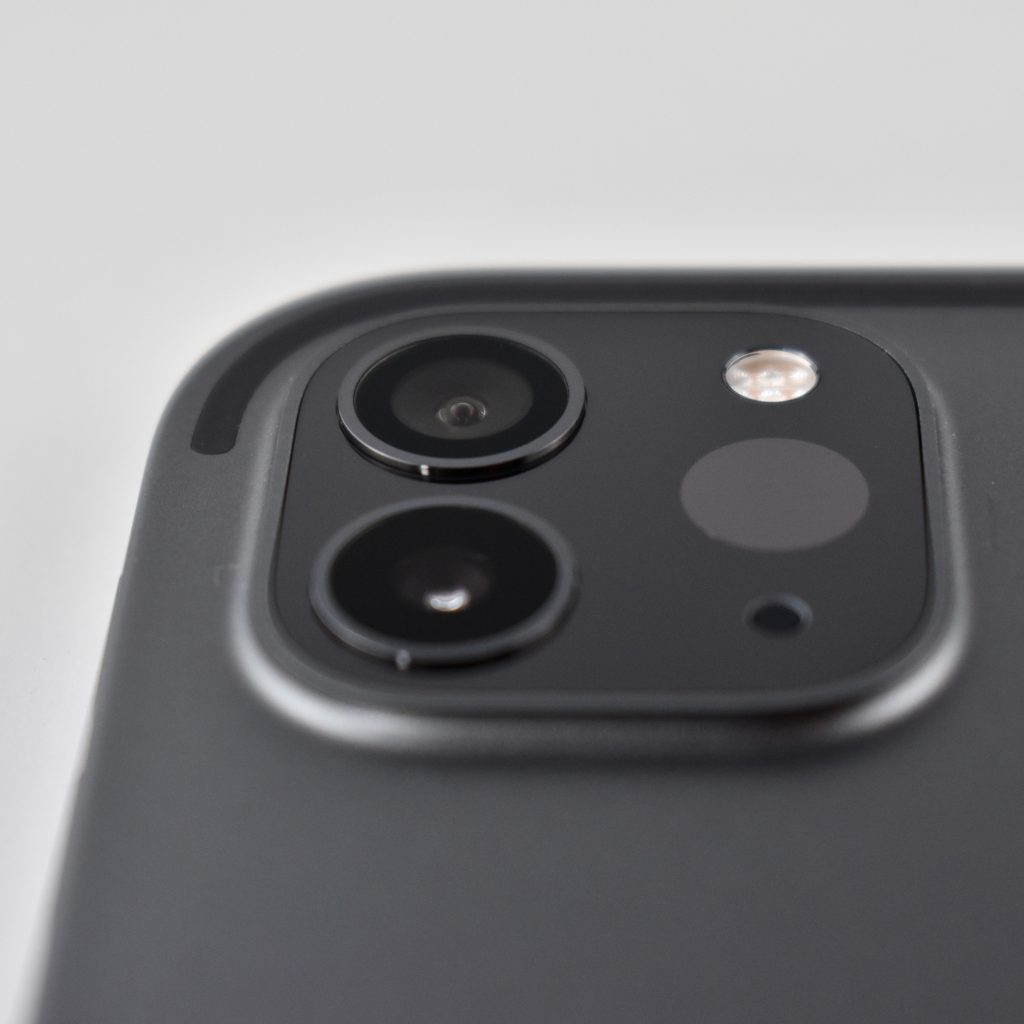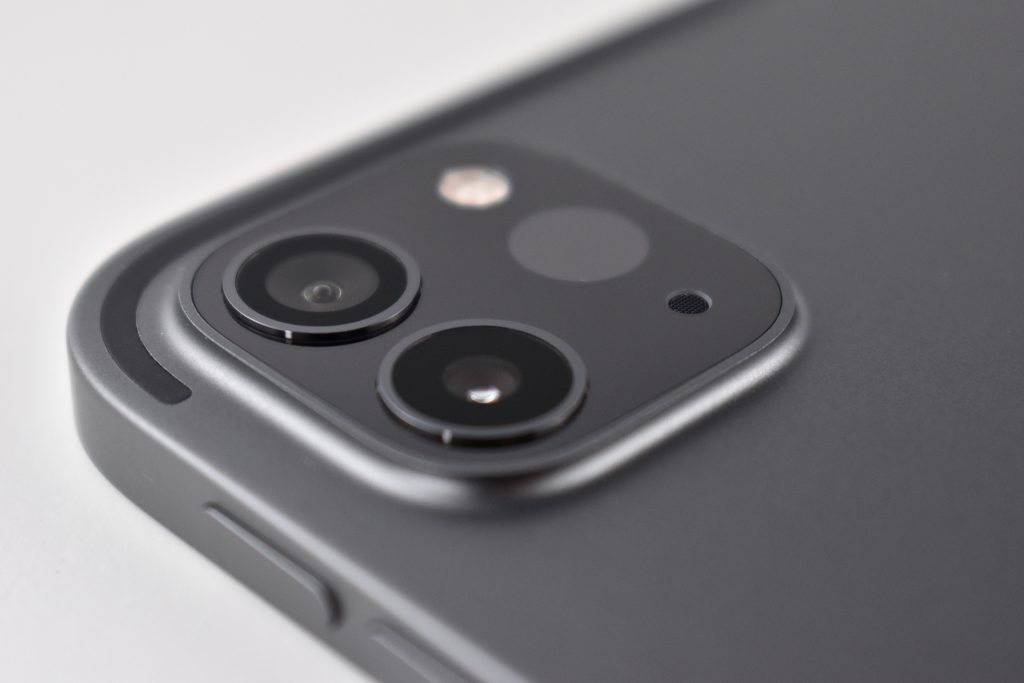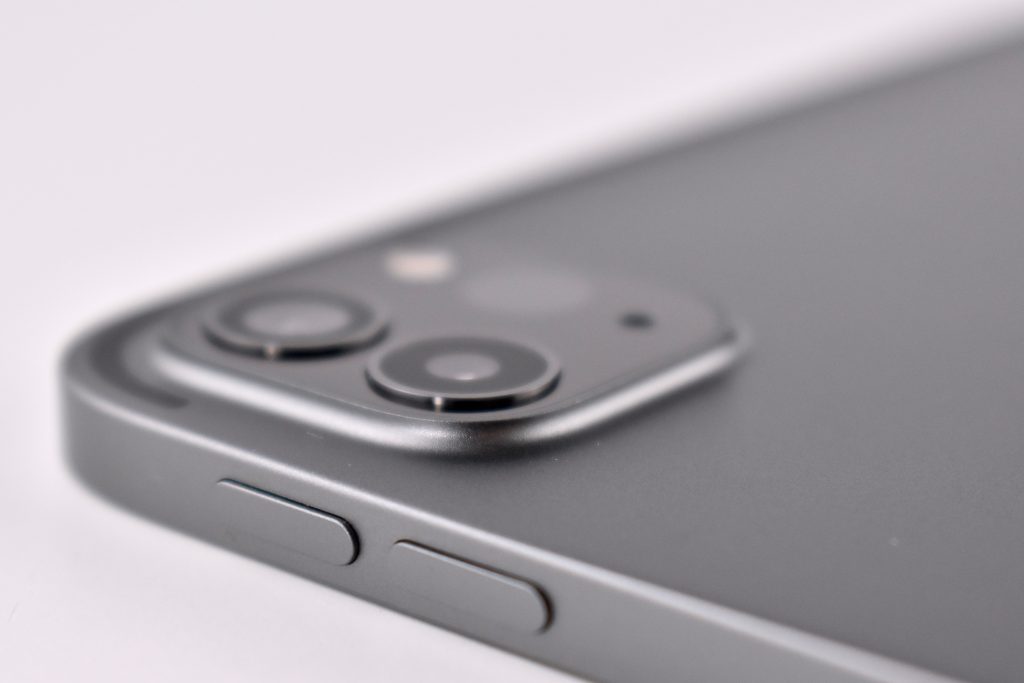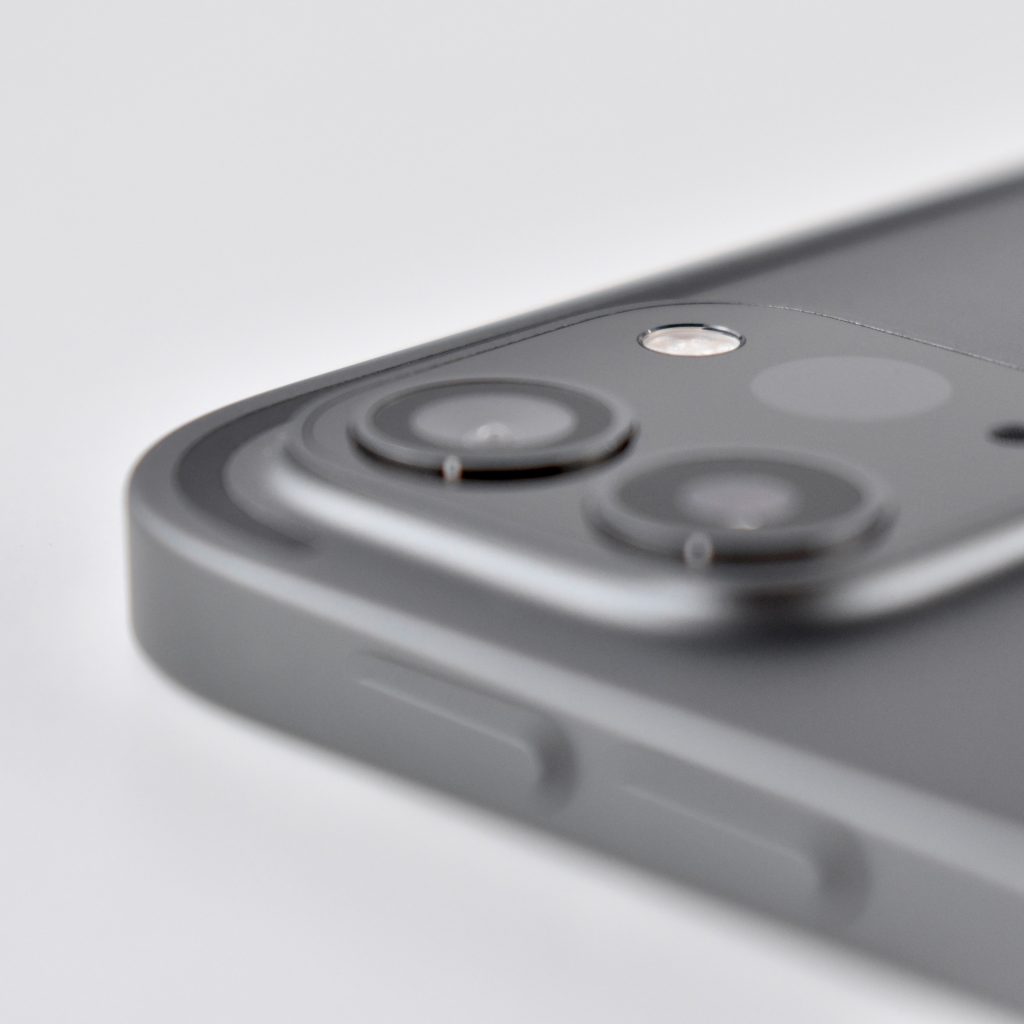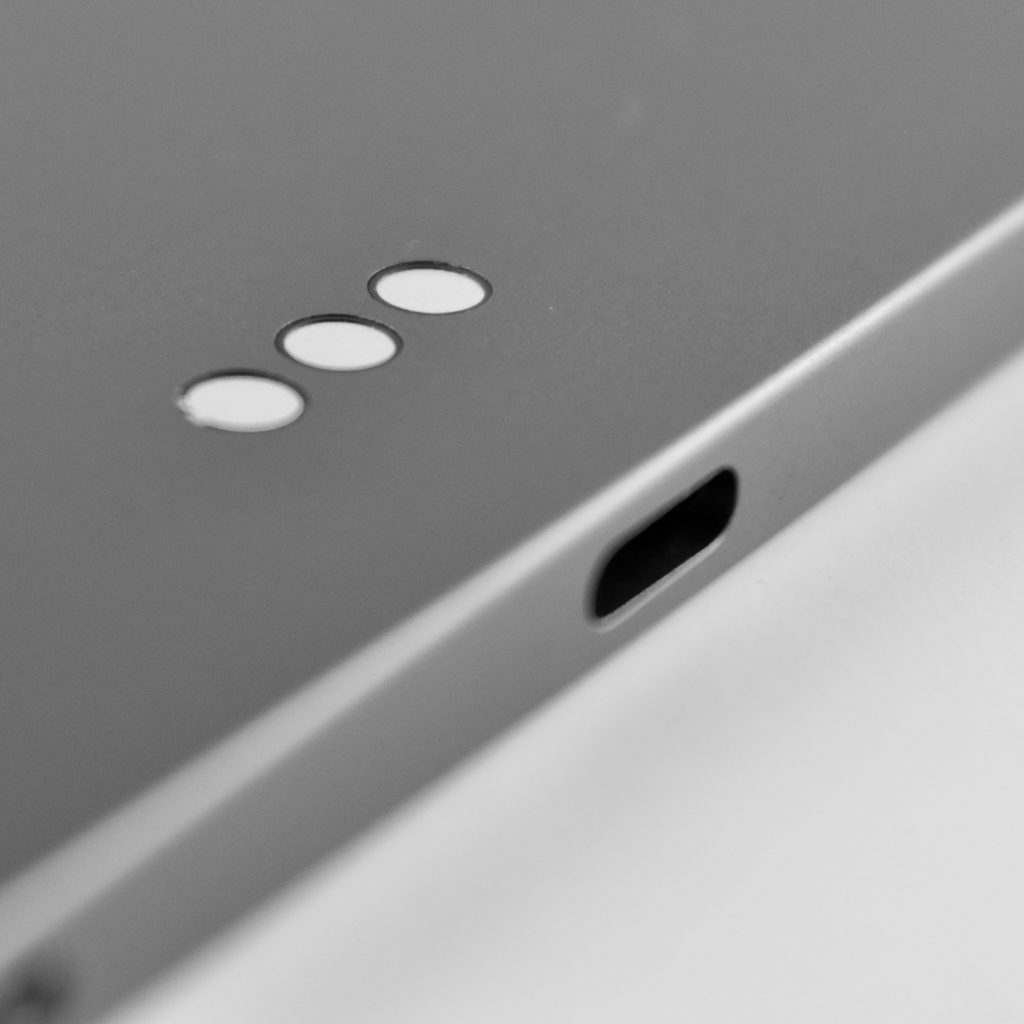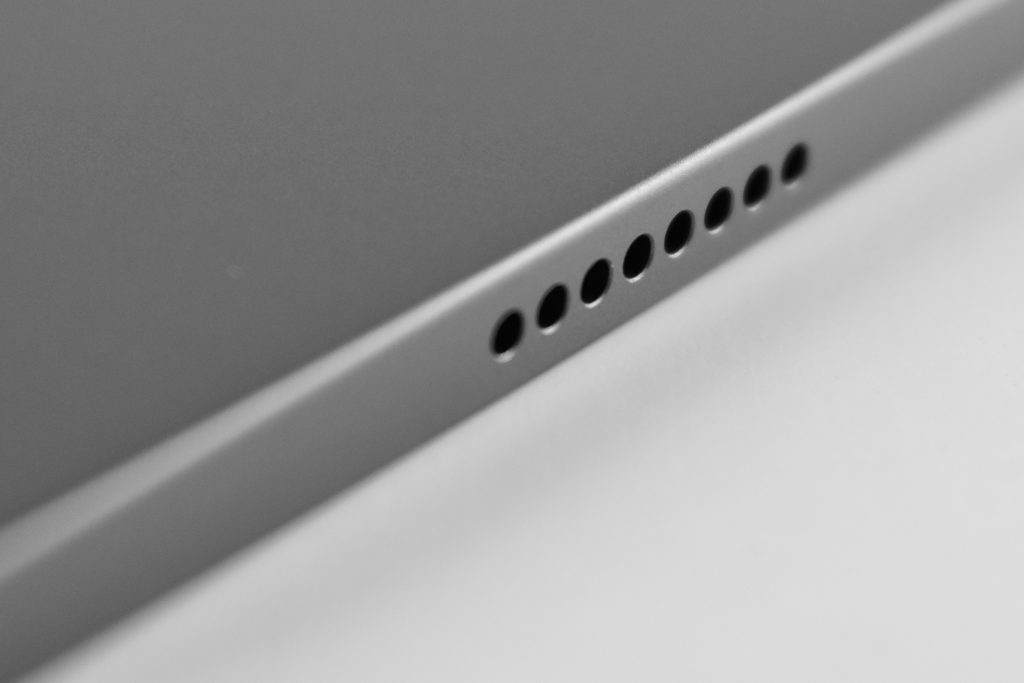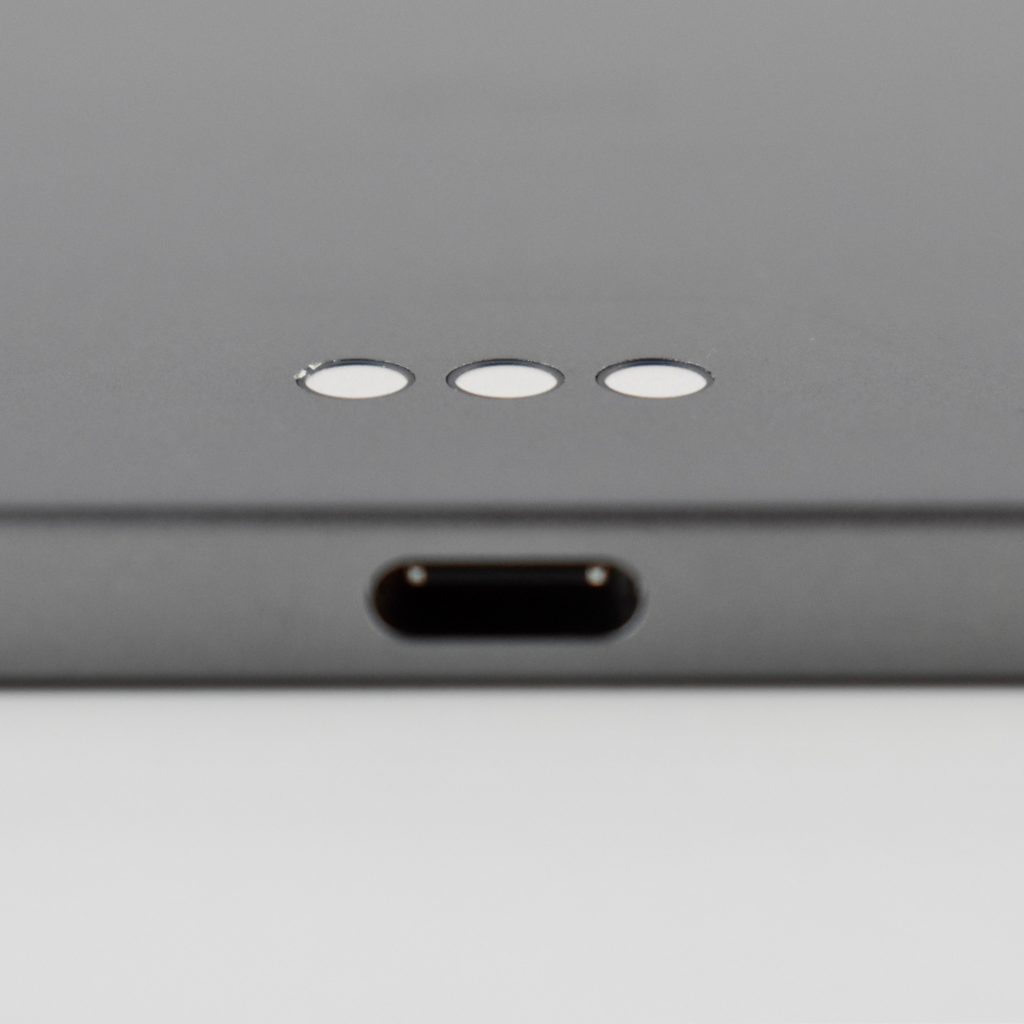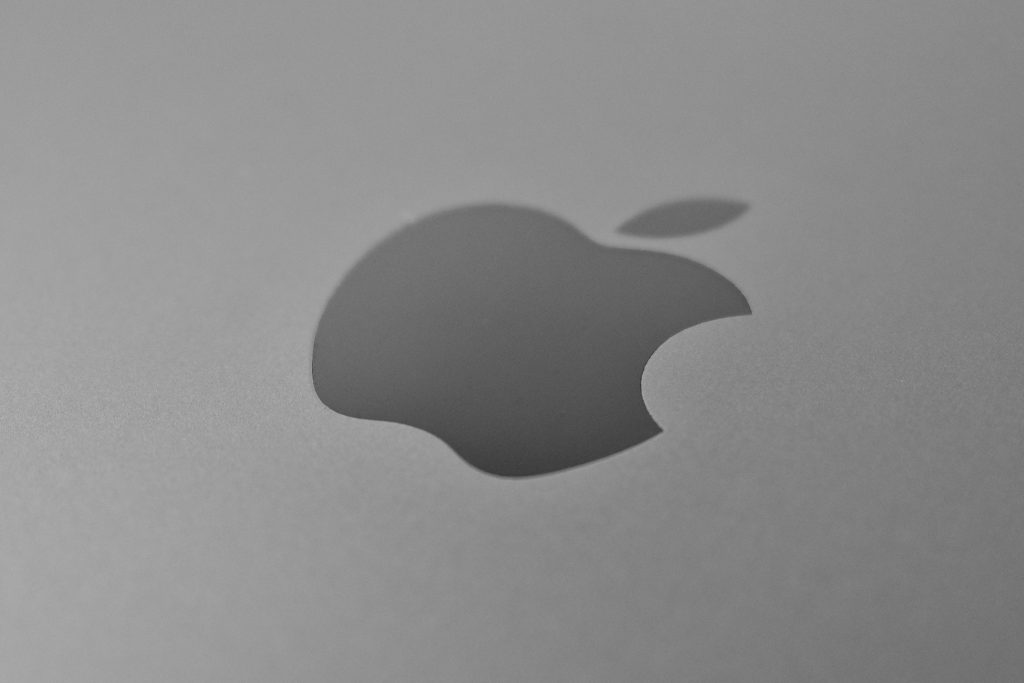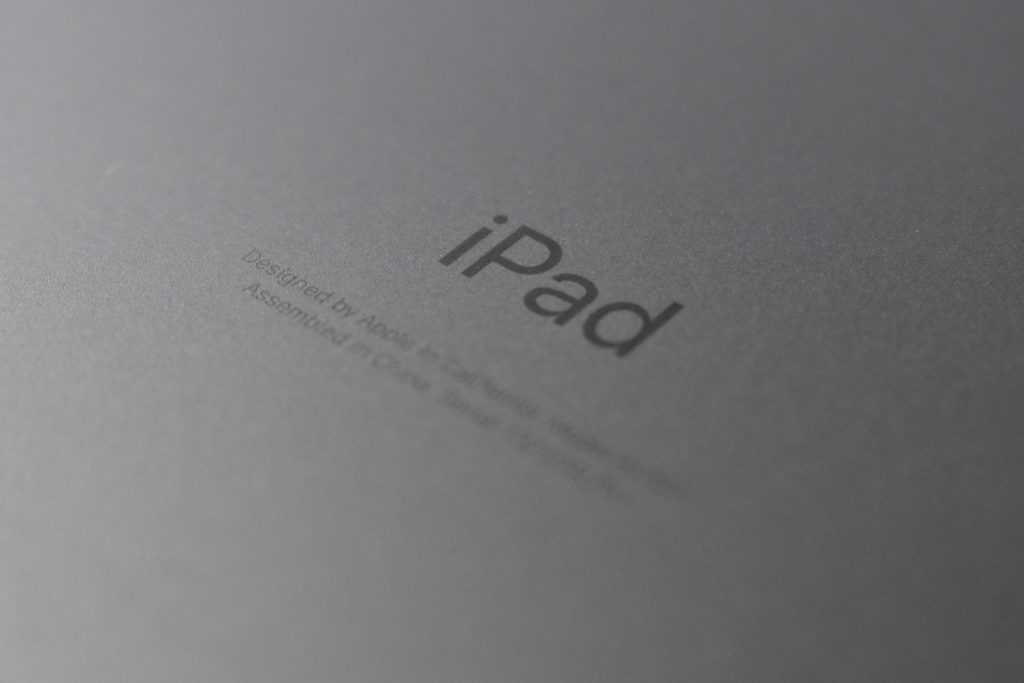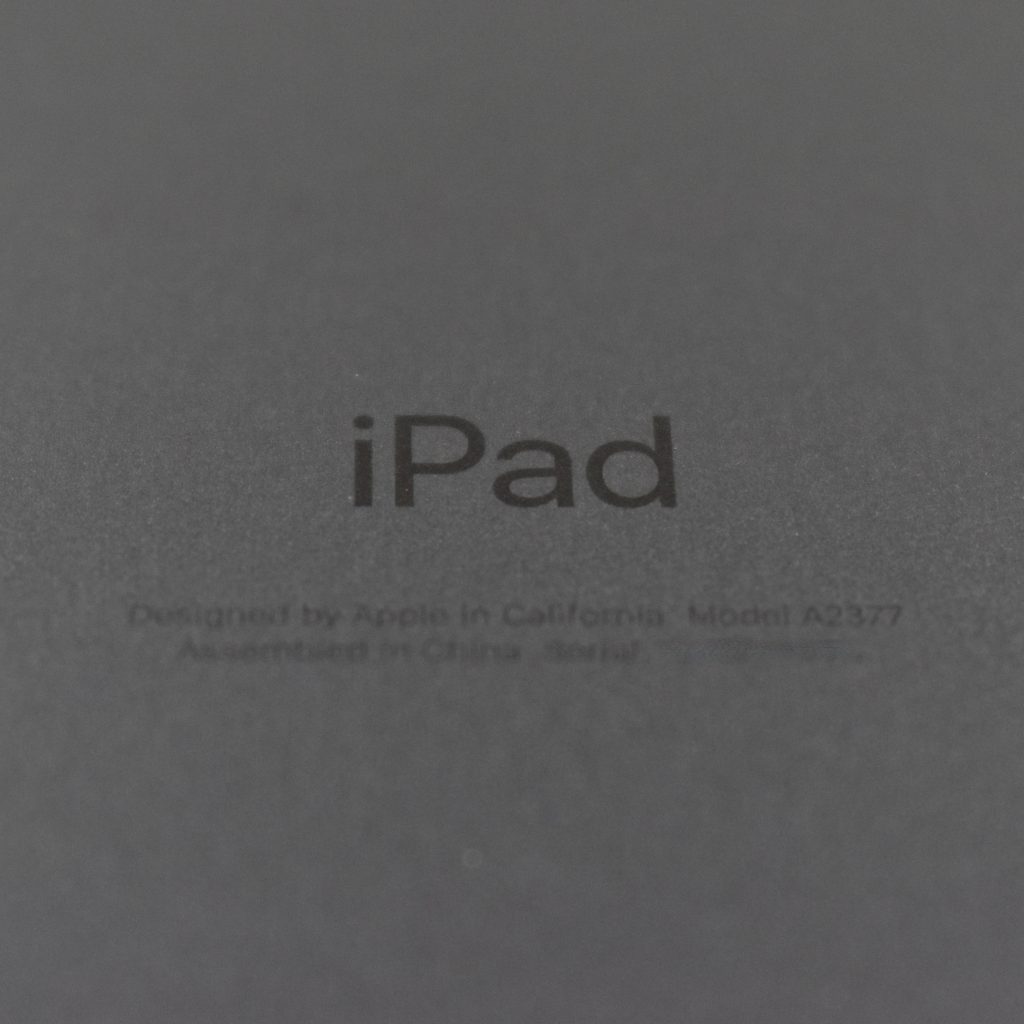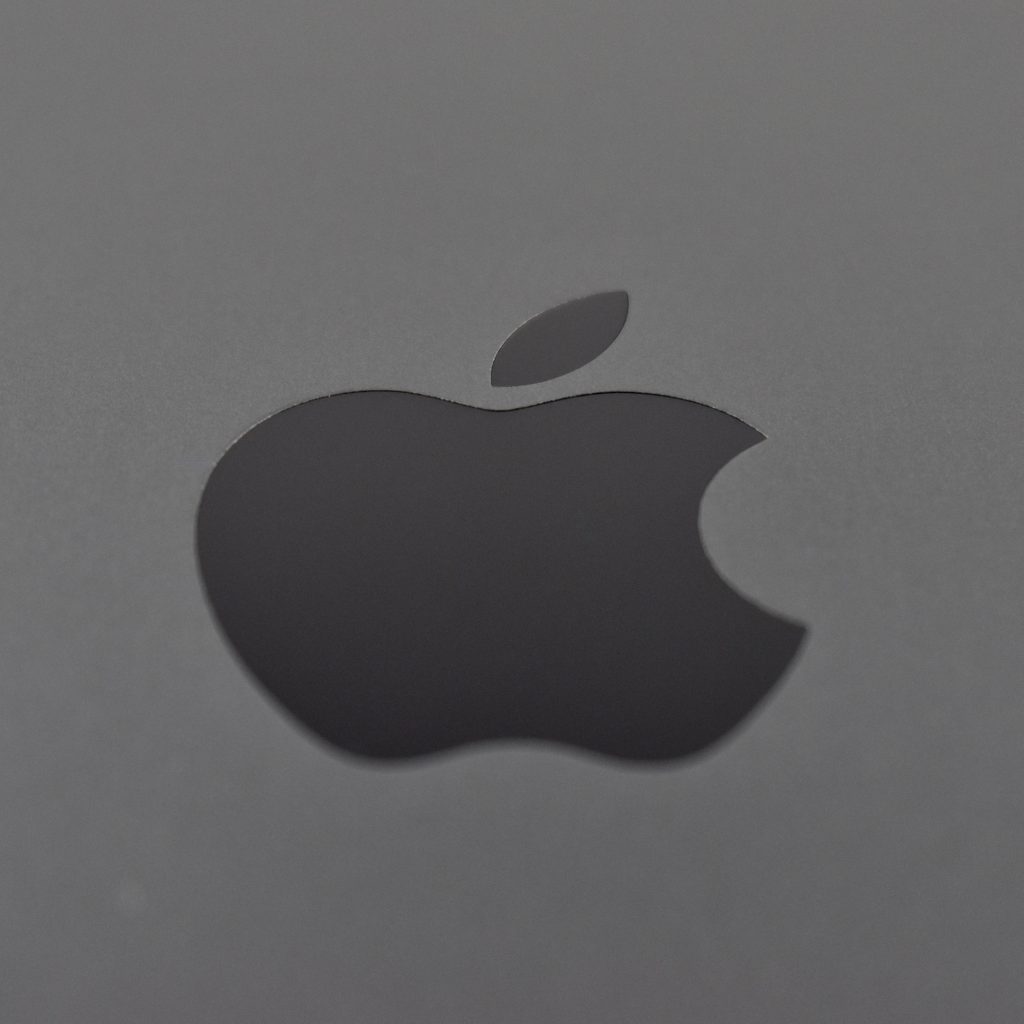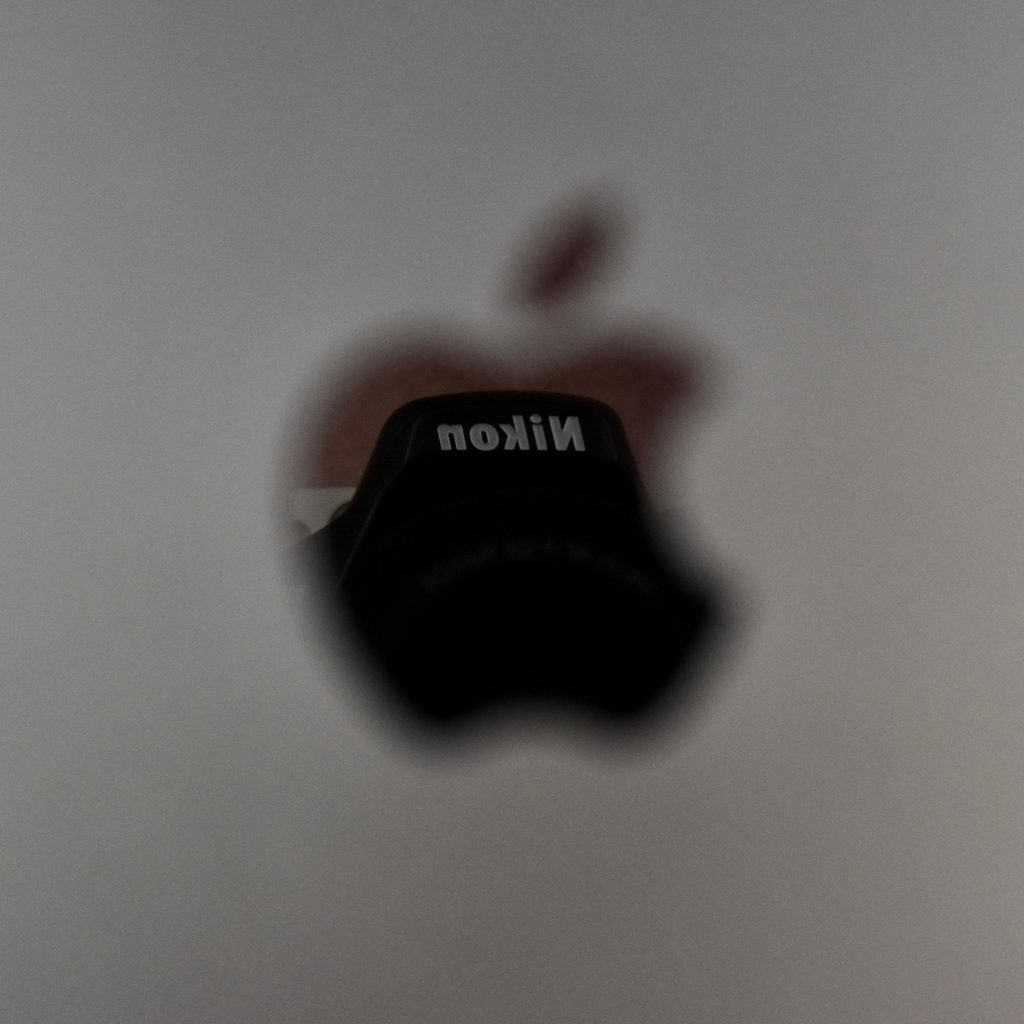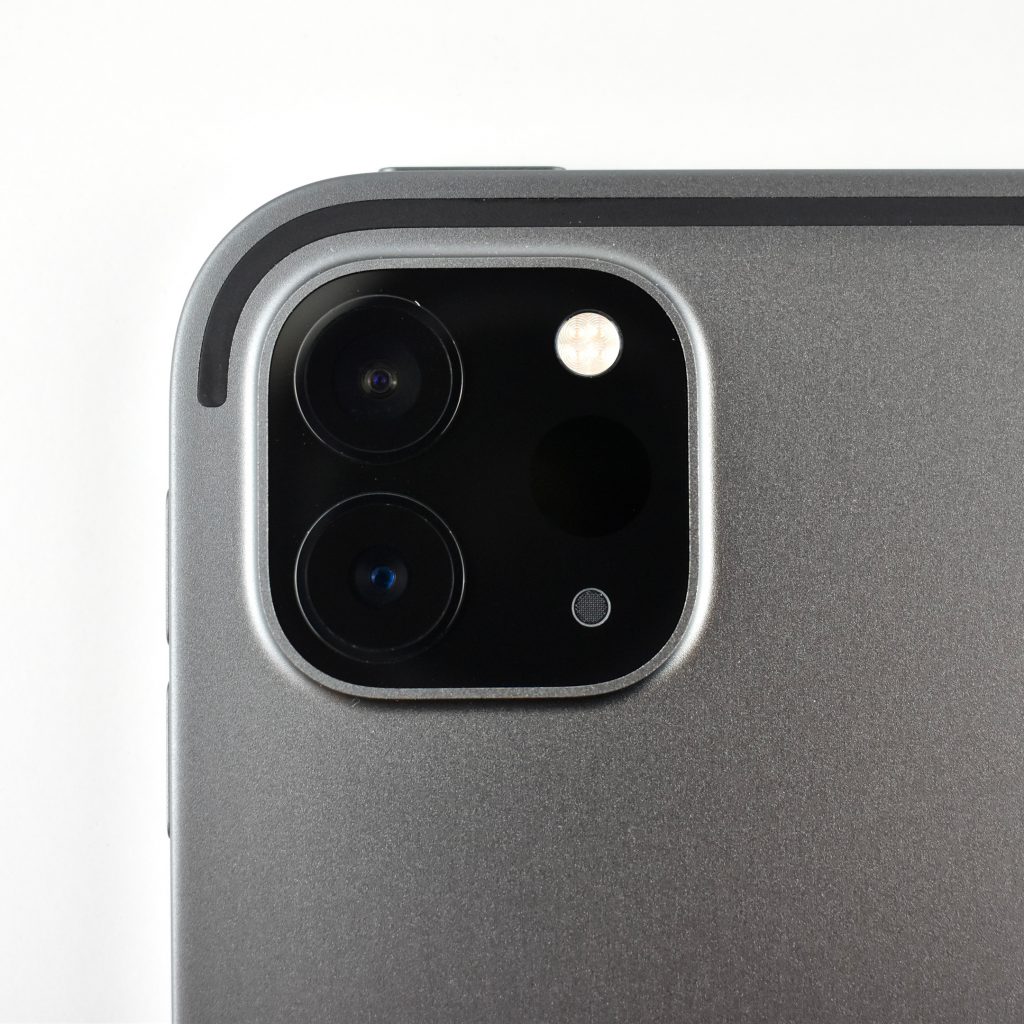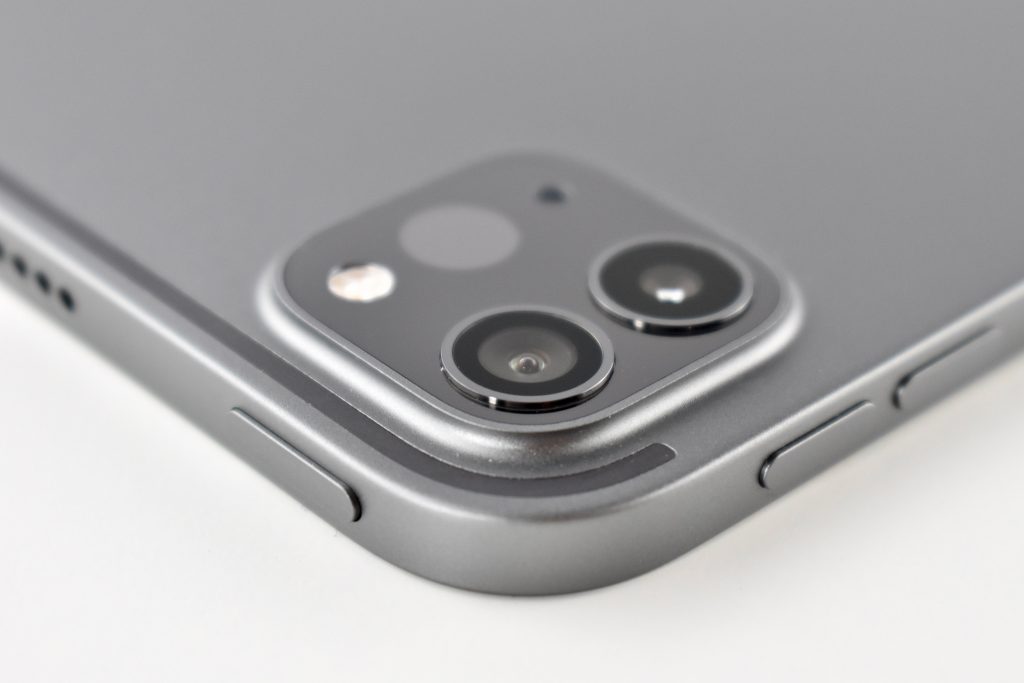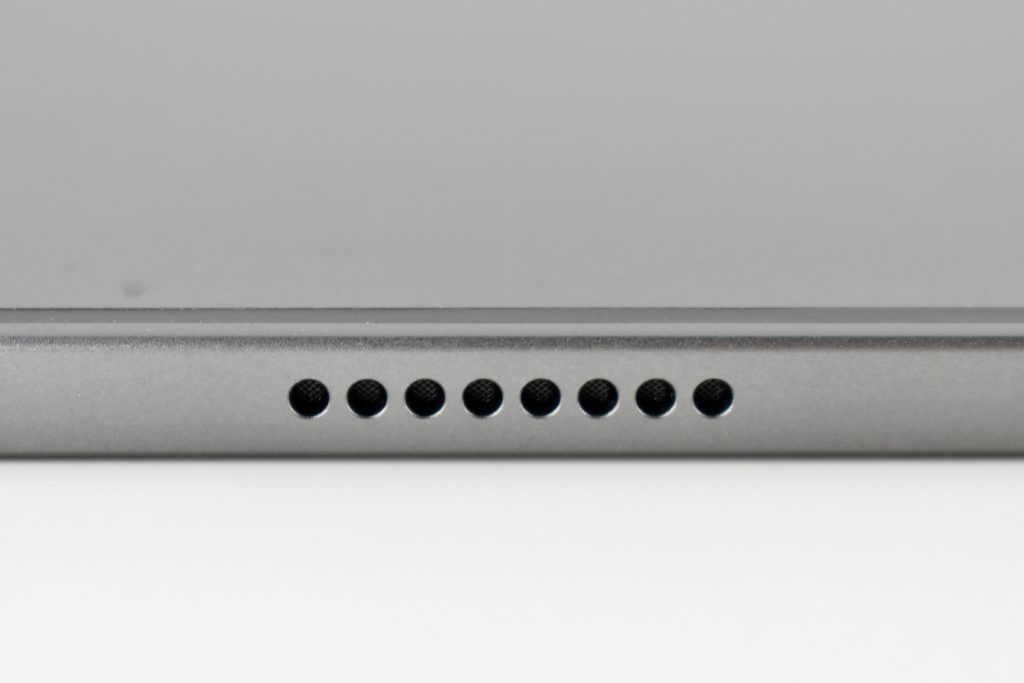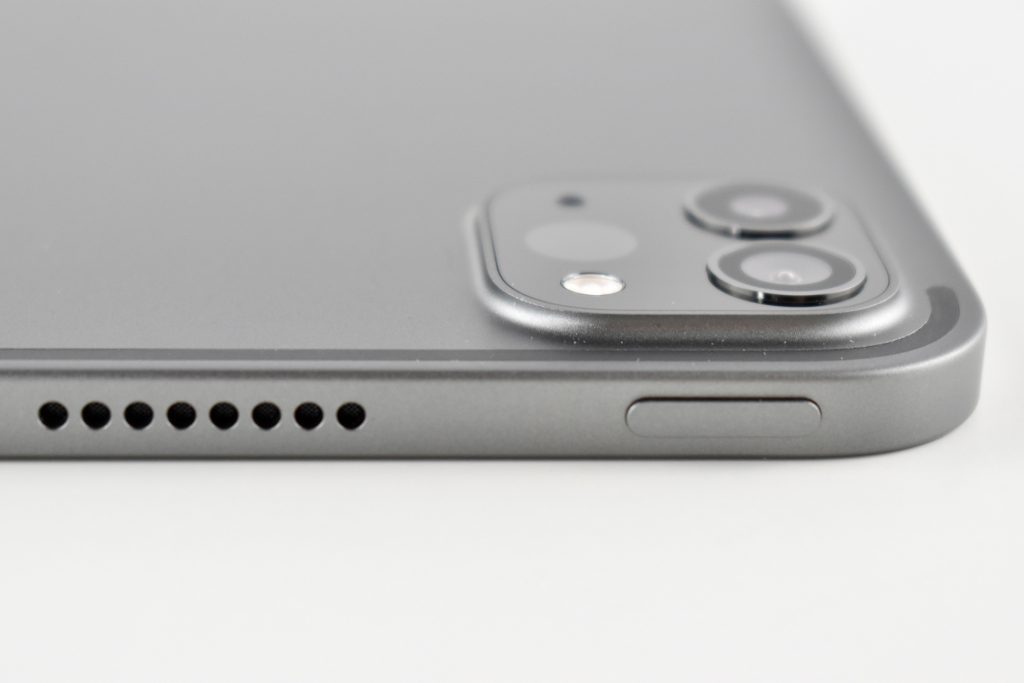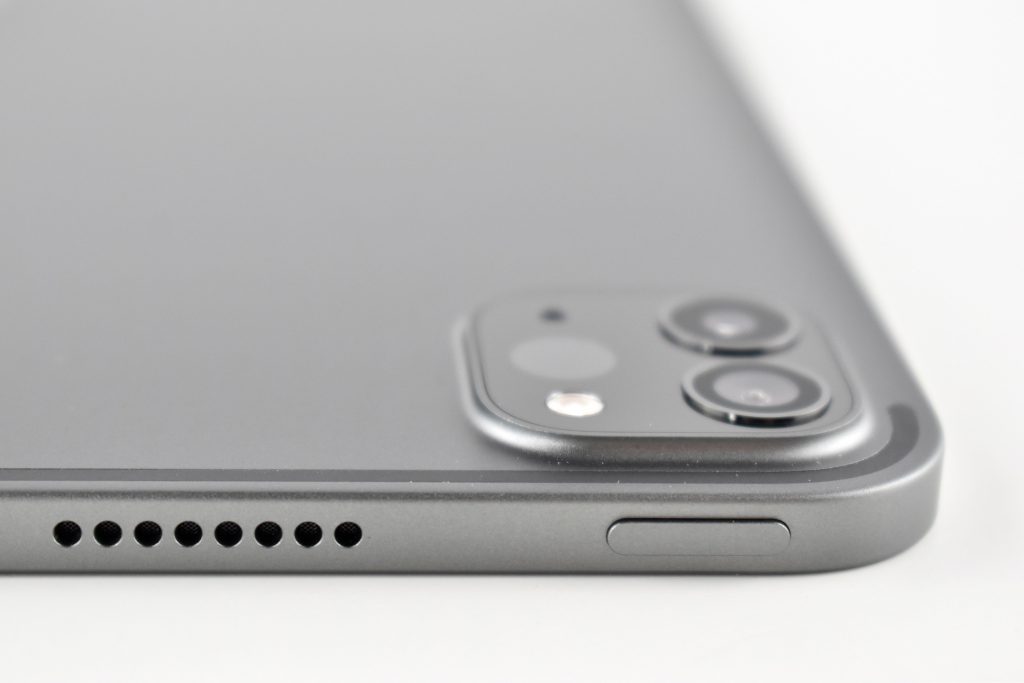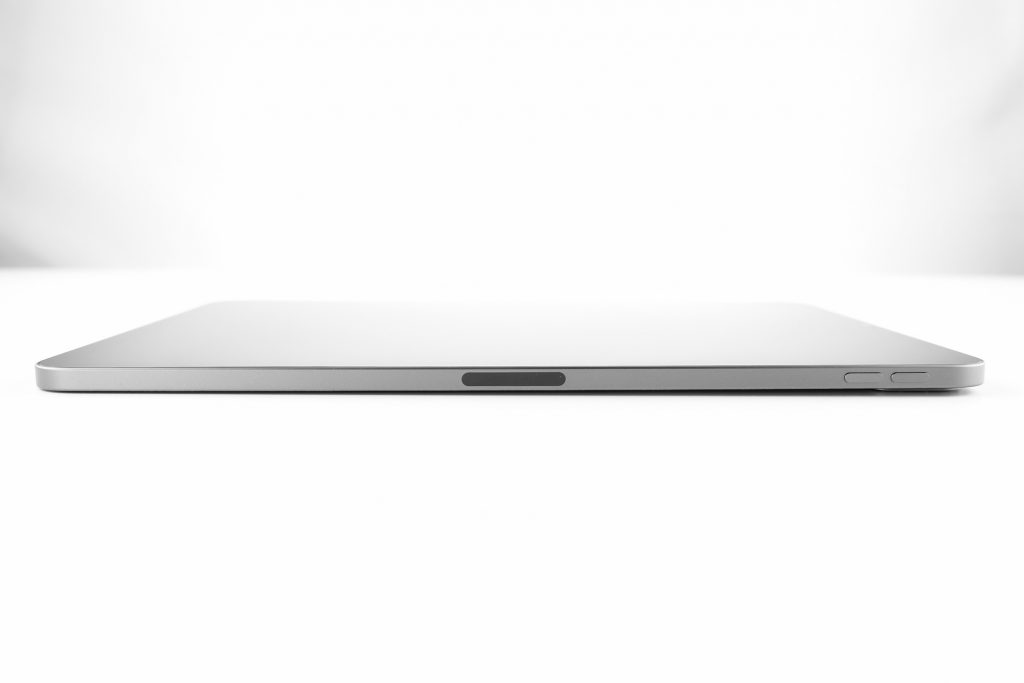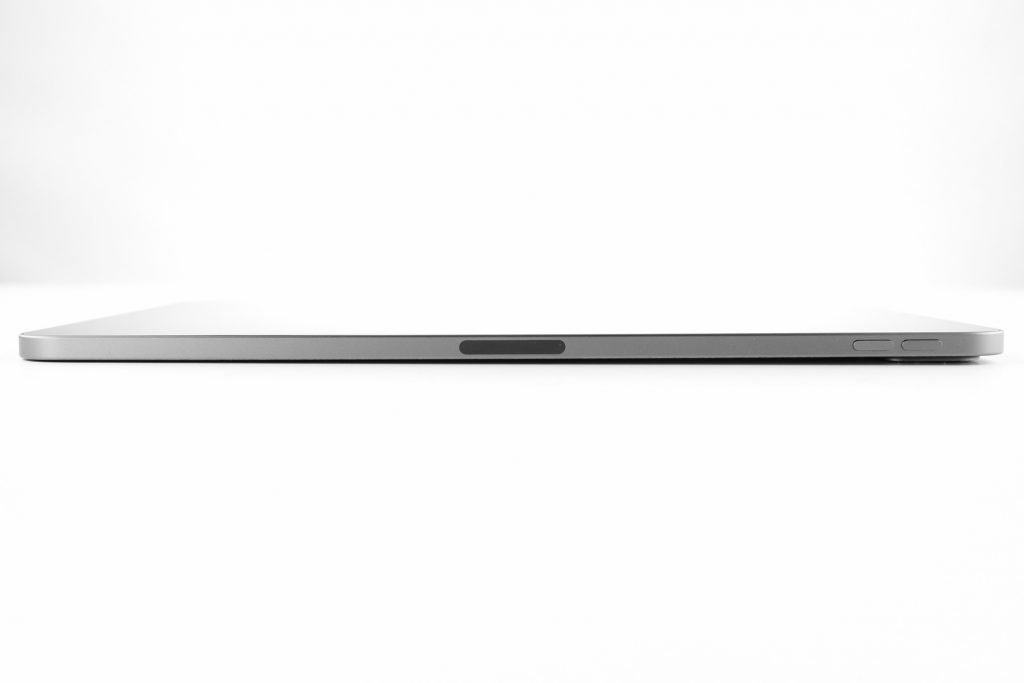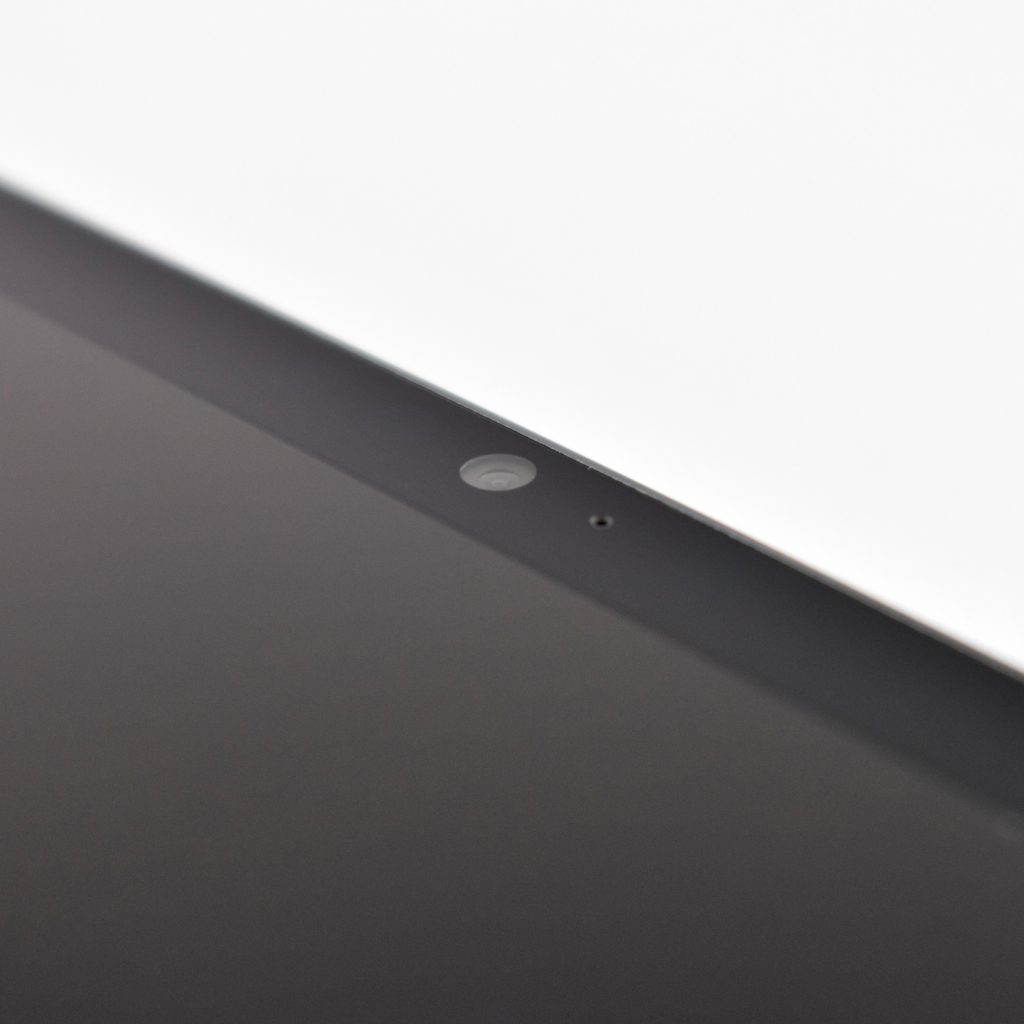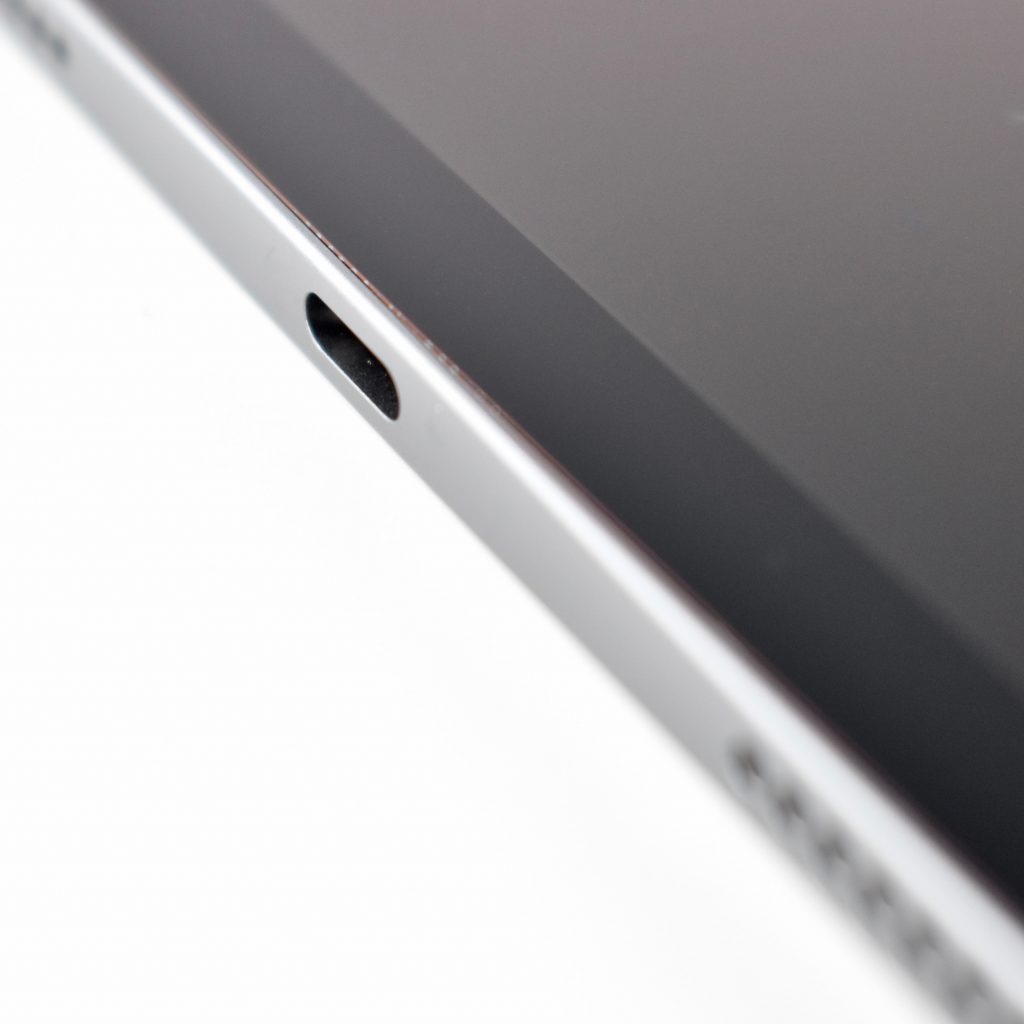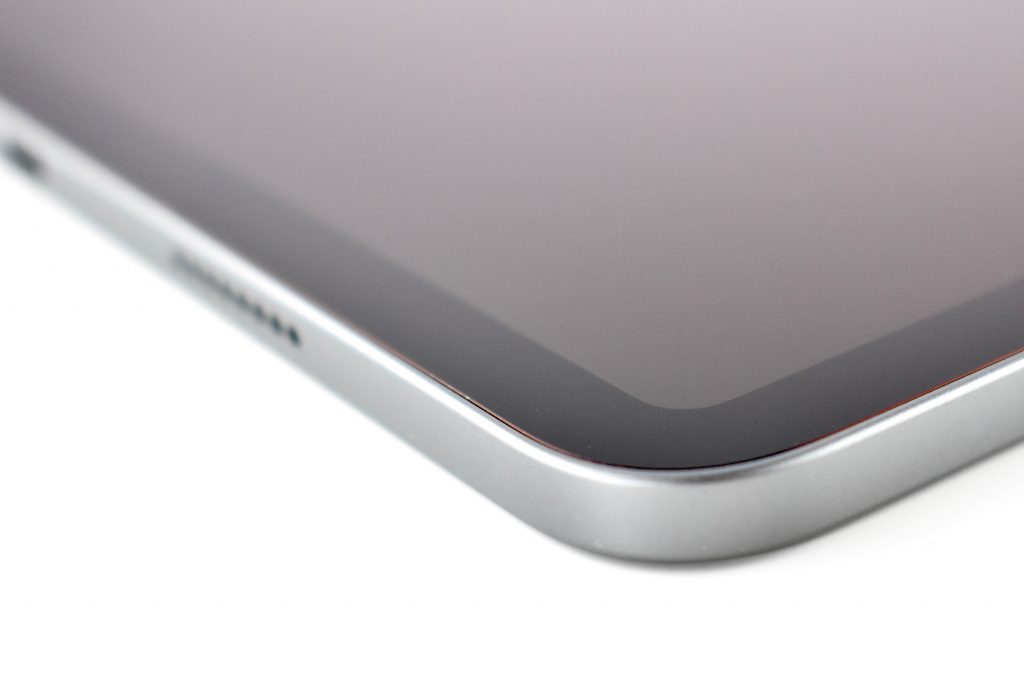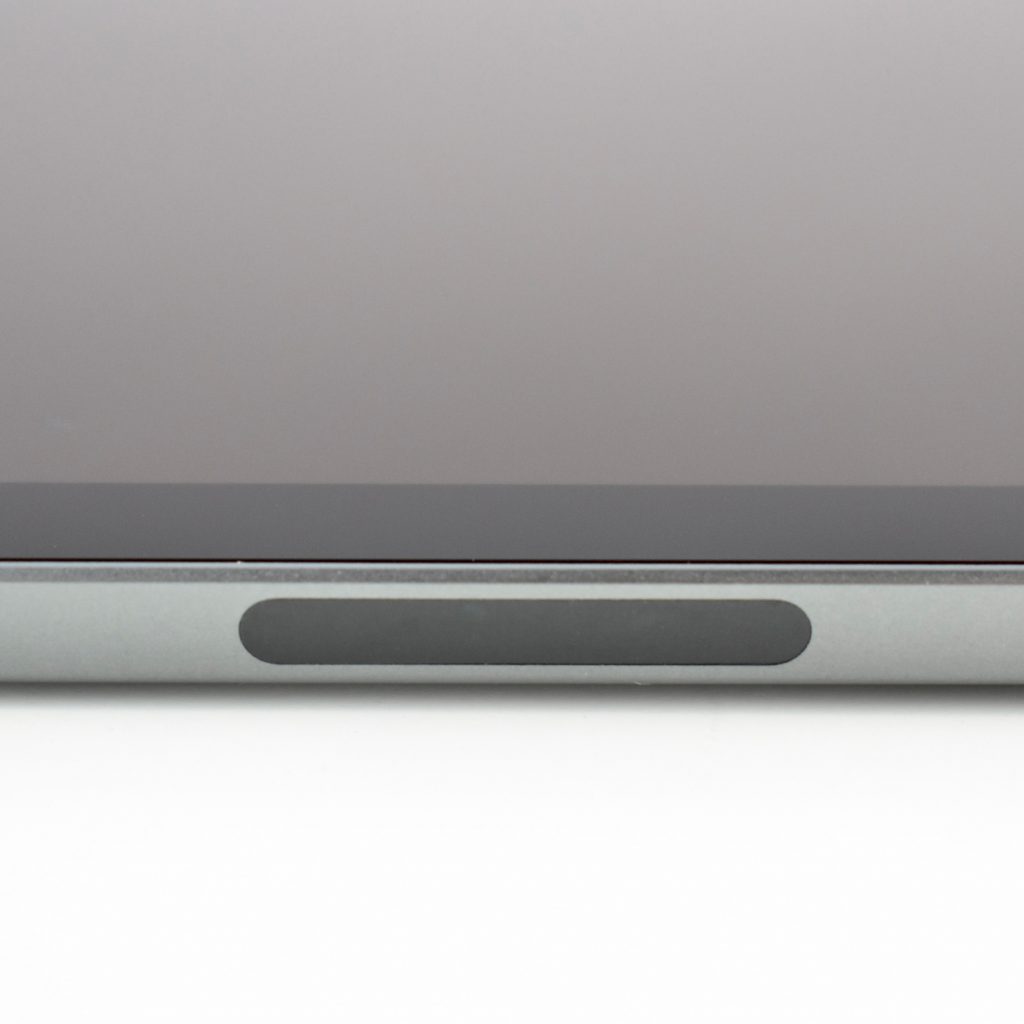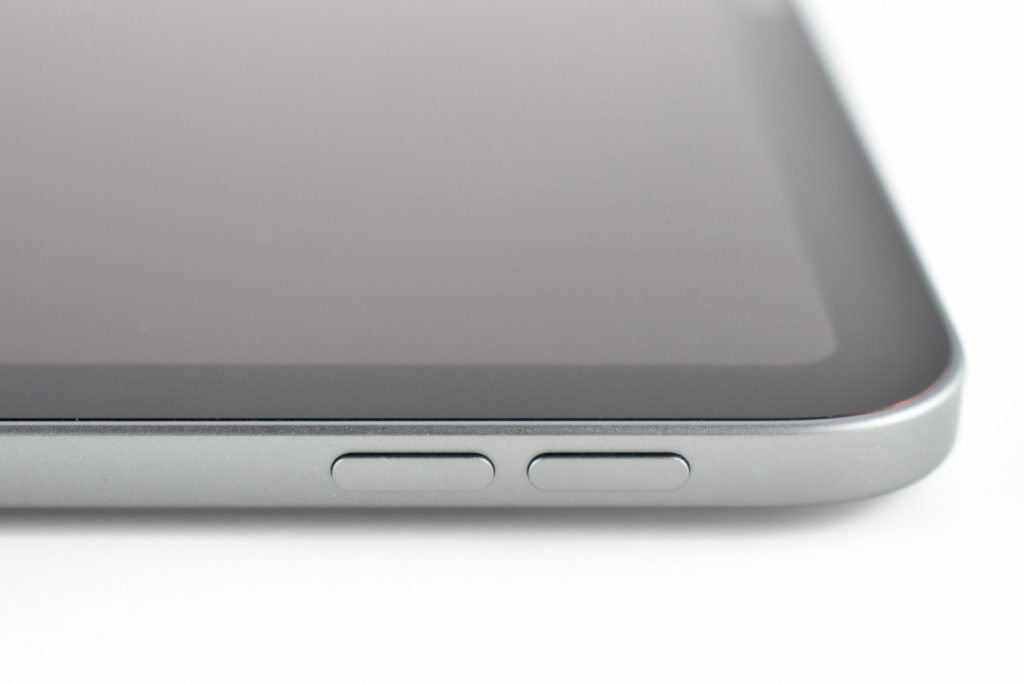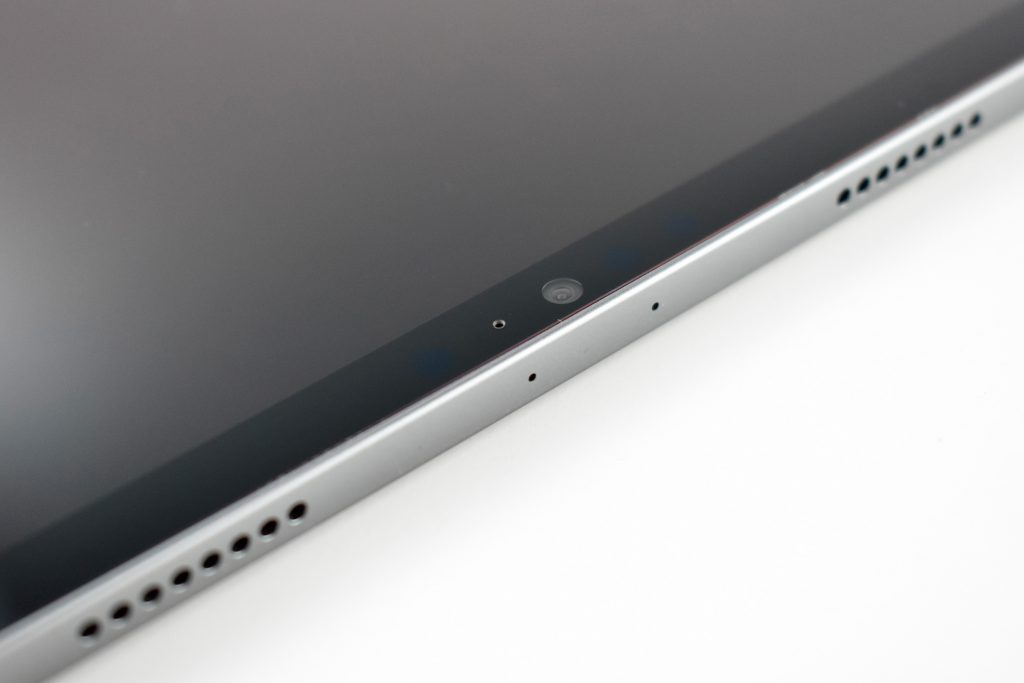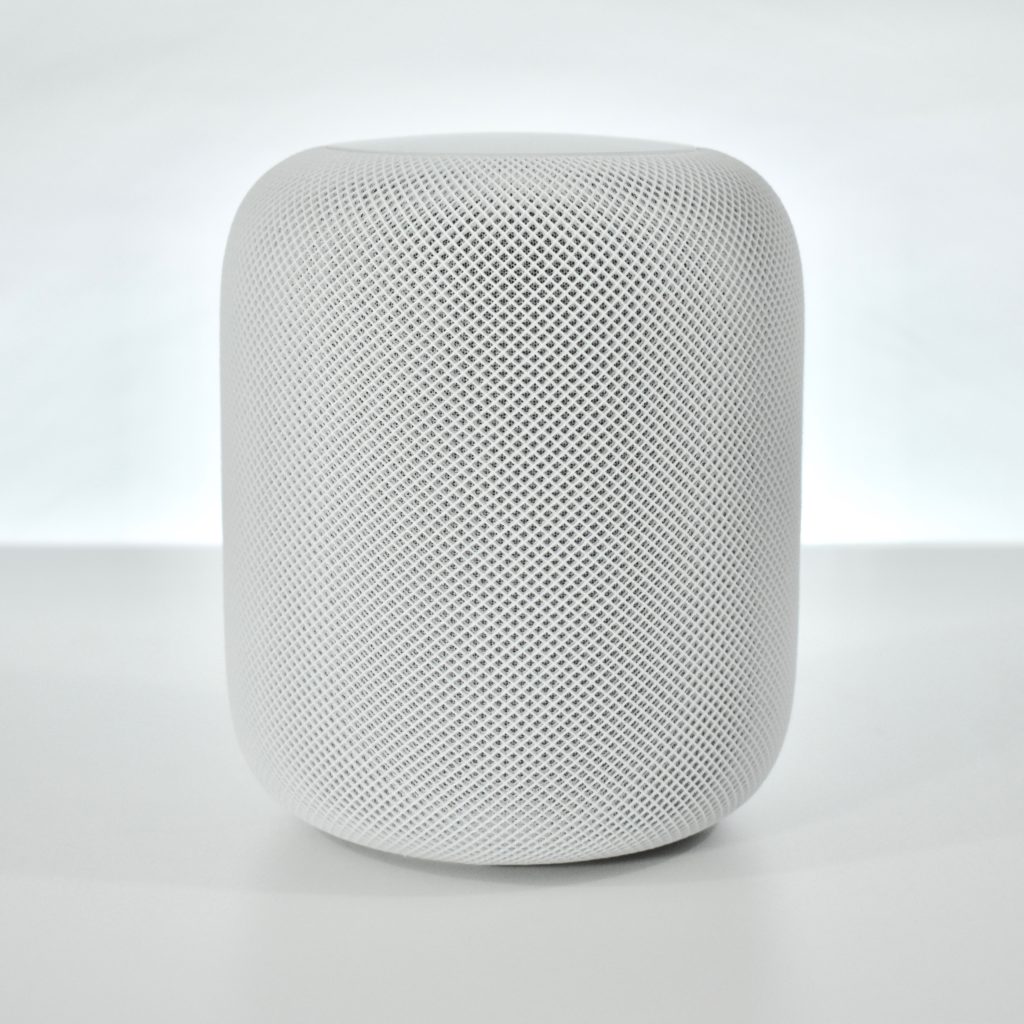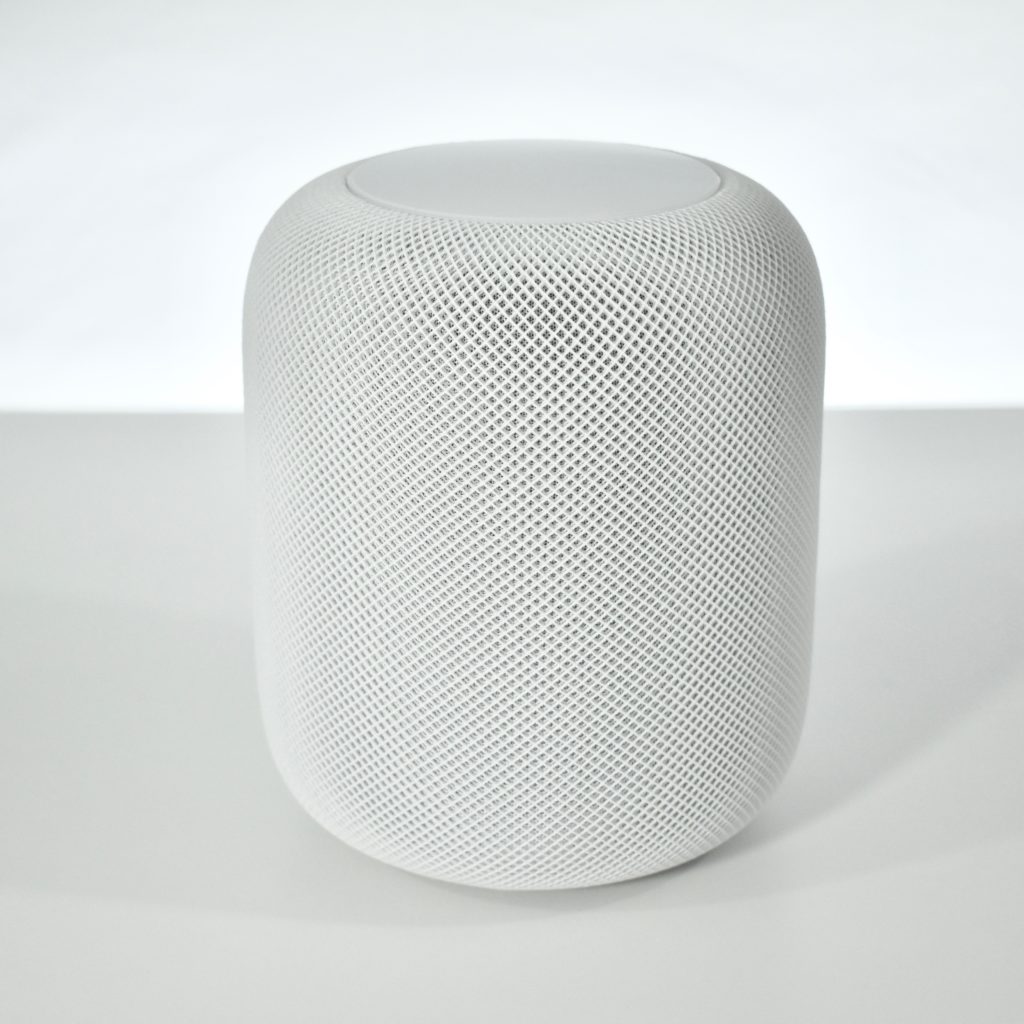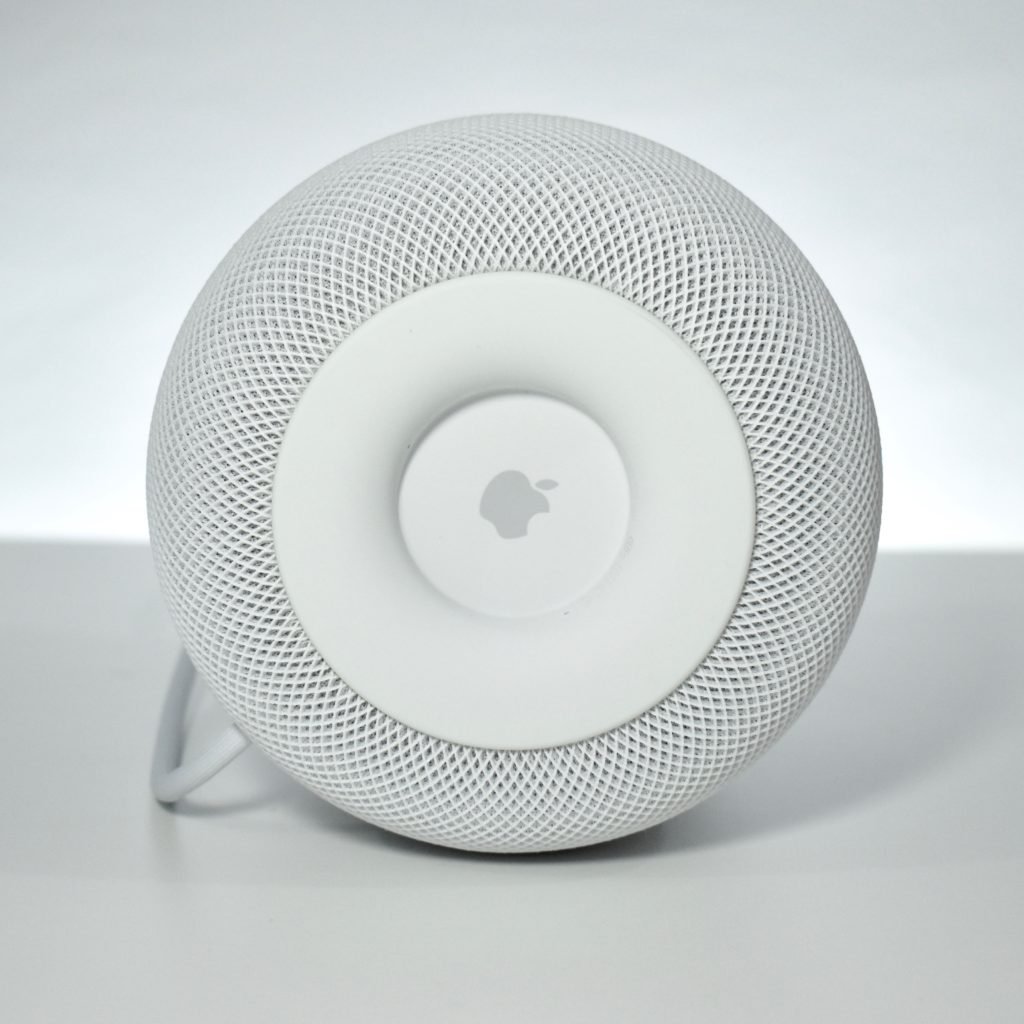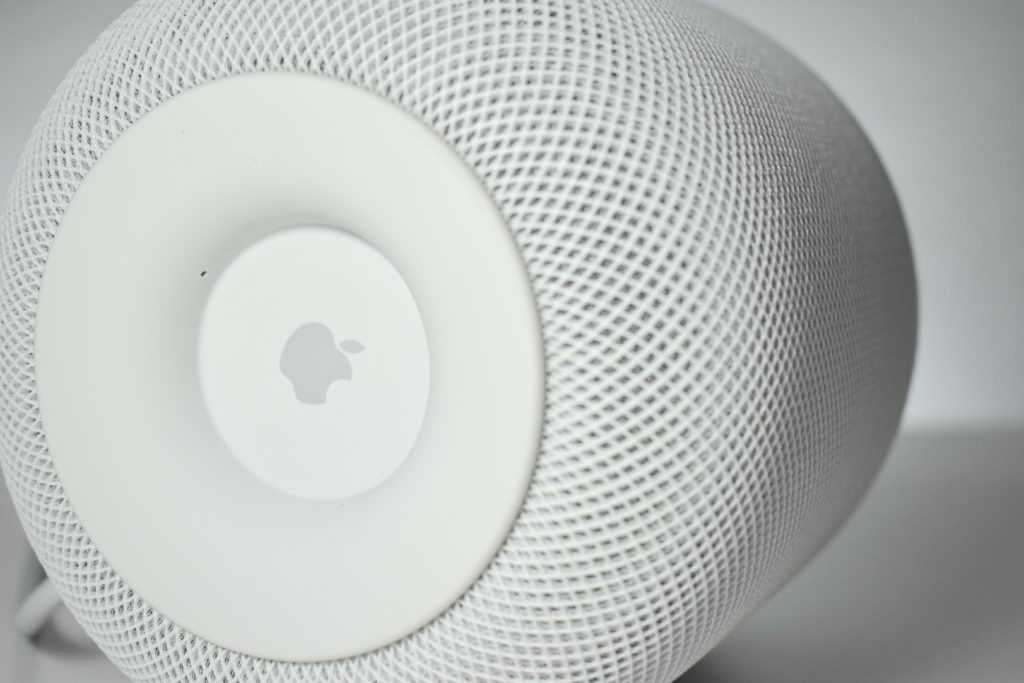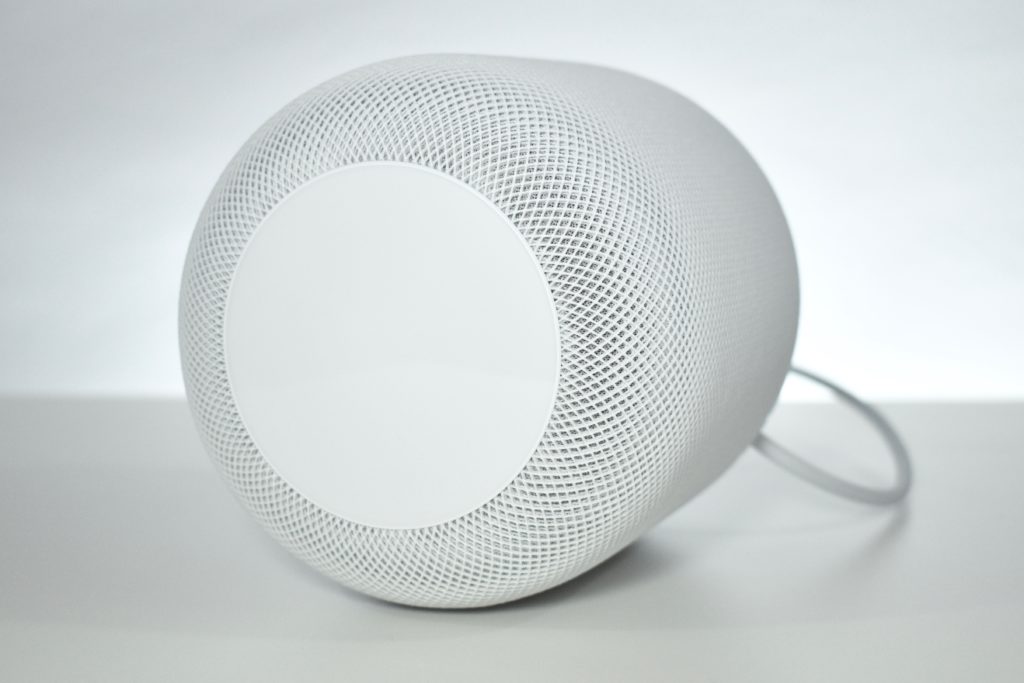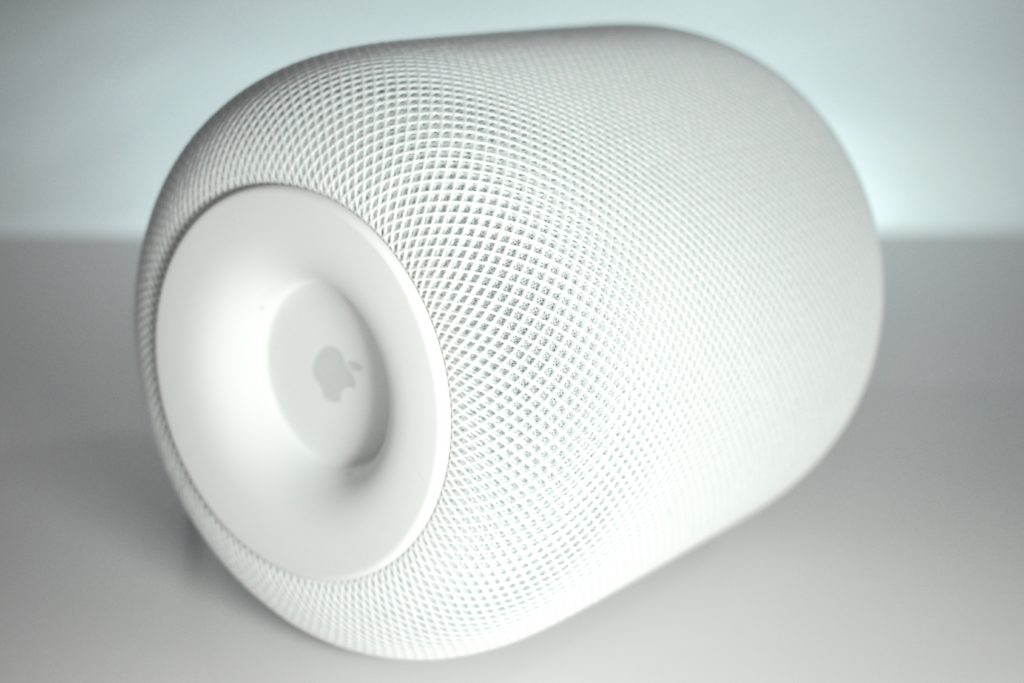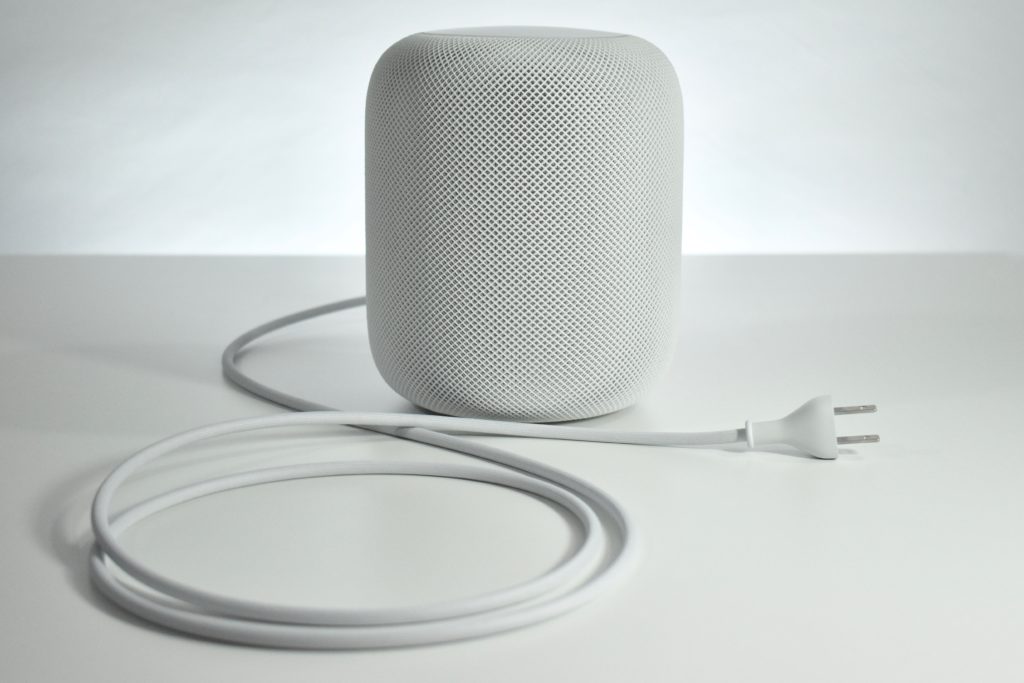The Generation 3, 11-inch iPad Pro appears the same externally as its two predecessors, but uses Apple’s significantly faster M1 chip and adds an enhanced front camera. This iPad Pro featured an Apple M1 chip with an 8-core CPU with 4 performance cores and 4 efficiency cores along with a 16-core Neural Engine. The iPad Pro website boasts that this model is “Supercharged by the Apple M1 chip” with “Mind-blowing performance.”
Apple adds:
“With M1, iPad Pro is the fastest device of its kind. It’s designed to take full advantage of next‑level performance and custom technologies like the advanced image signal processor and unified memory architecture of M1. And with the incredible power efficiency of M1, iPad Pro is still thin and light with all‑day battery life, making it as portable as it is powerful.”
This iPad Pro 11-inch uses an LED-backlit 2388×1668 Liquid Retina display (264 ppi, 600 nits) with a thin black bezel with rounded corners and flat sides. This iPad is Space Gray, and it was also available in Silver. This 128GB models used 8GB RAM (as did the 256 and 512 GB options, while the 1 and 2 TB models used 16 GB of RAM).
This iPad Pro included a USB-C port (Thunderbolt/USB 4) for charging and wired connectivity. Wireless connectivity included 802.11ax Wi-Fi 6 and Bluetooth 5.0. Cellular models were also available.
The 12-megapixel Ultra Wide front camera was the first iPad camera to offer the Center Stage feature that automatically keeps people in the camera frame by zooming and panning. Its two rear cameras included a 12-megapixel wide angle and a 10-megapixel ultra-wide angle lens.
Like iPhone Pro models of the time, this iPad Pro also included LiDAR and Face ID. It could also use a Generation 2 Apple Pencil that charged using a magnetic connection on the side of the iPad. A similar iPad Pro with a 12.9-inch screen was sold at the same time as this 11-inch model.
